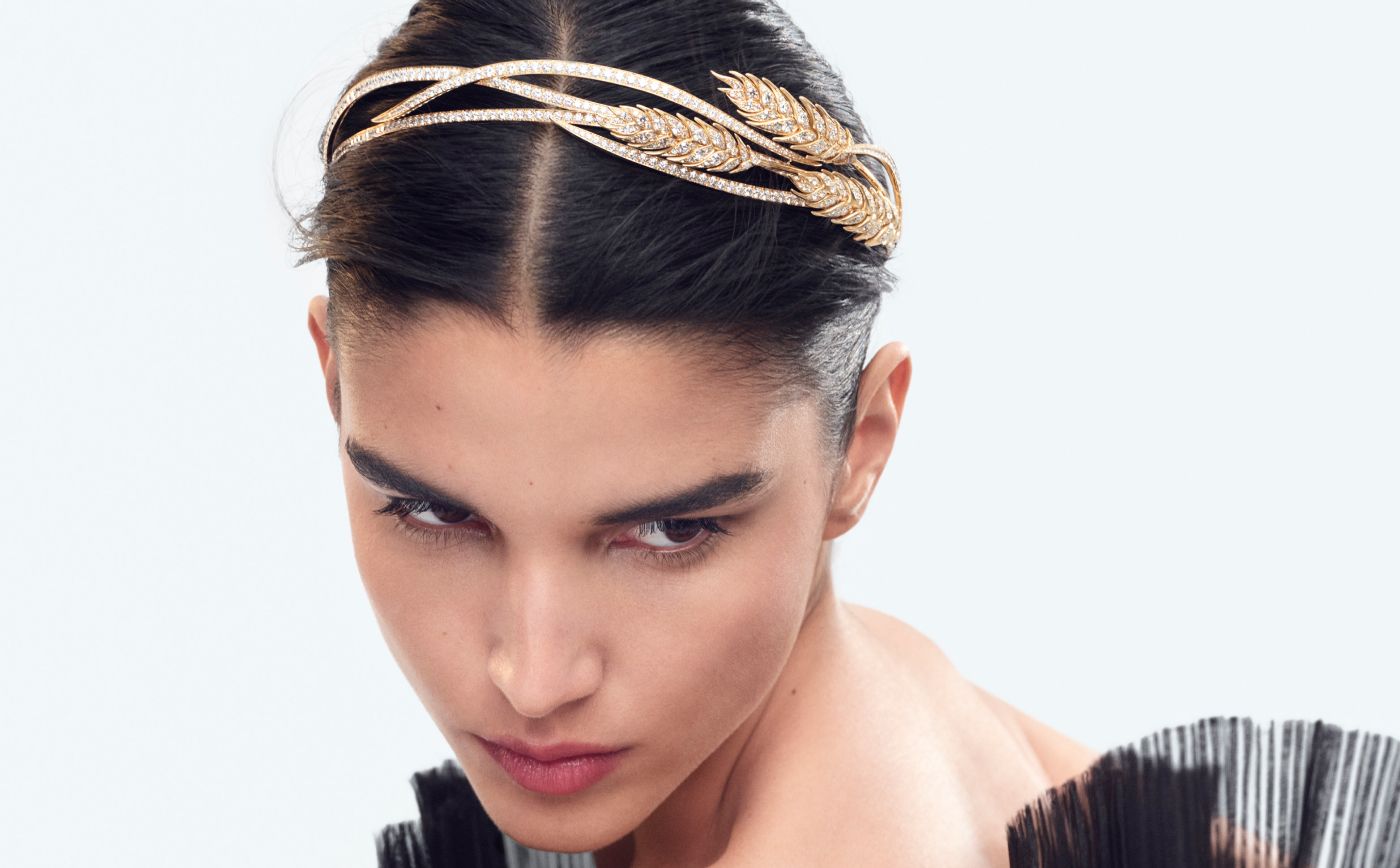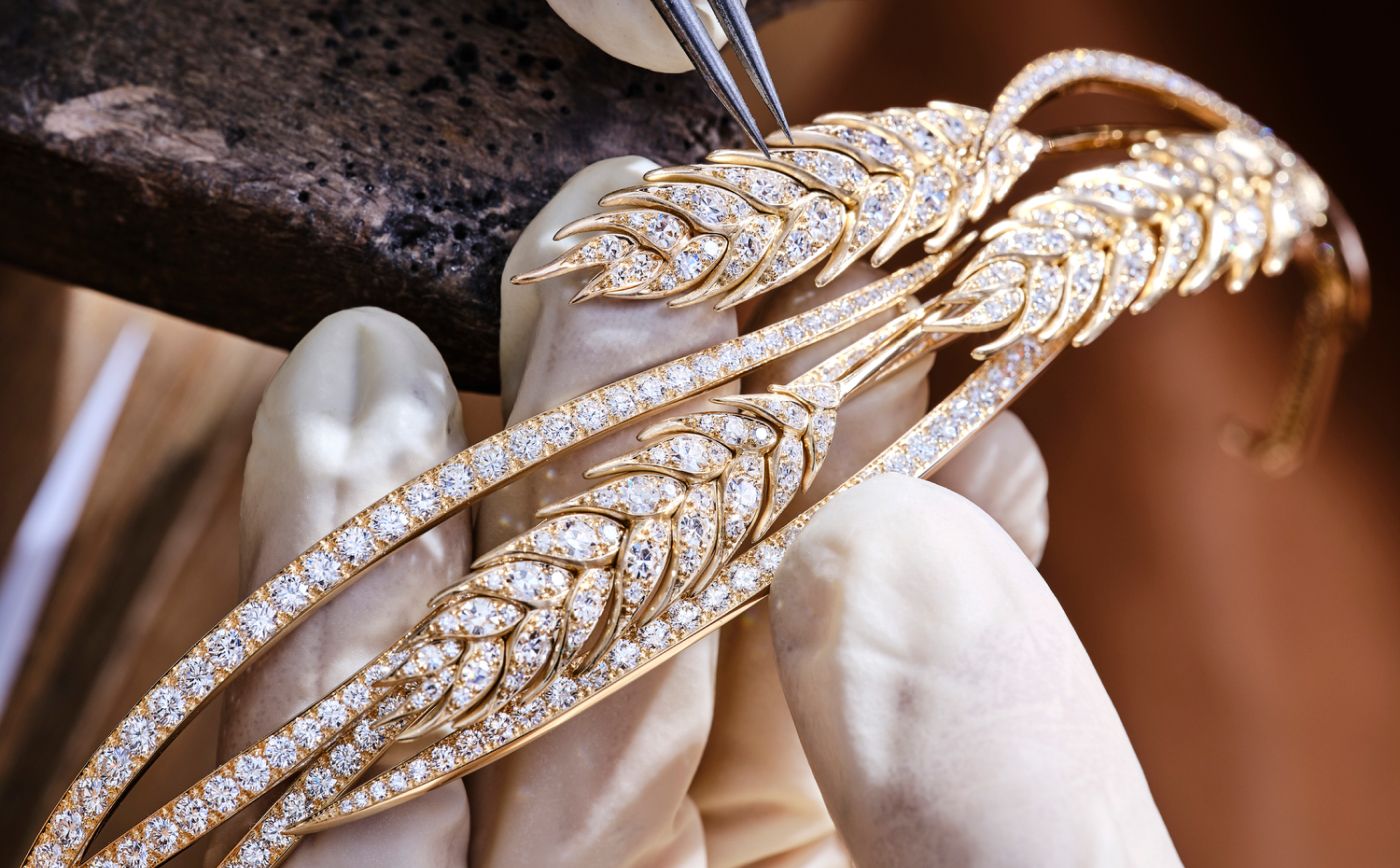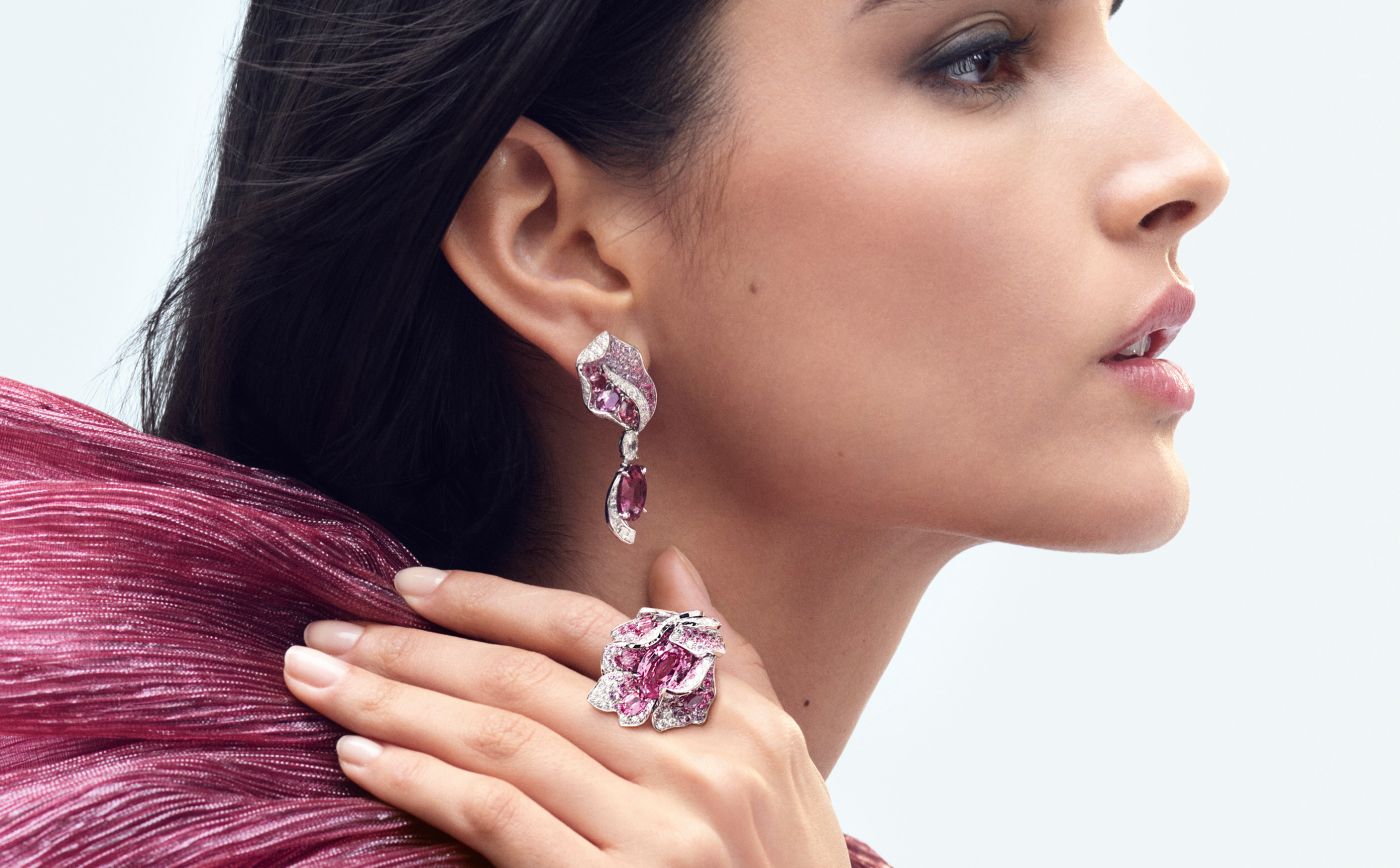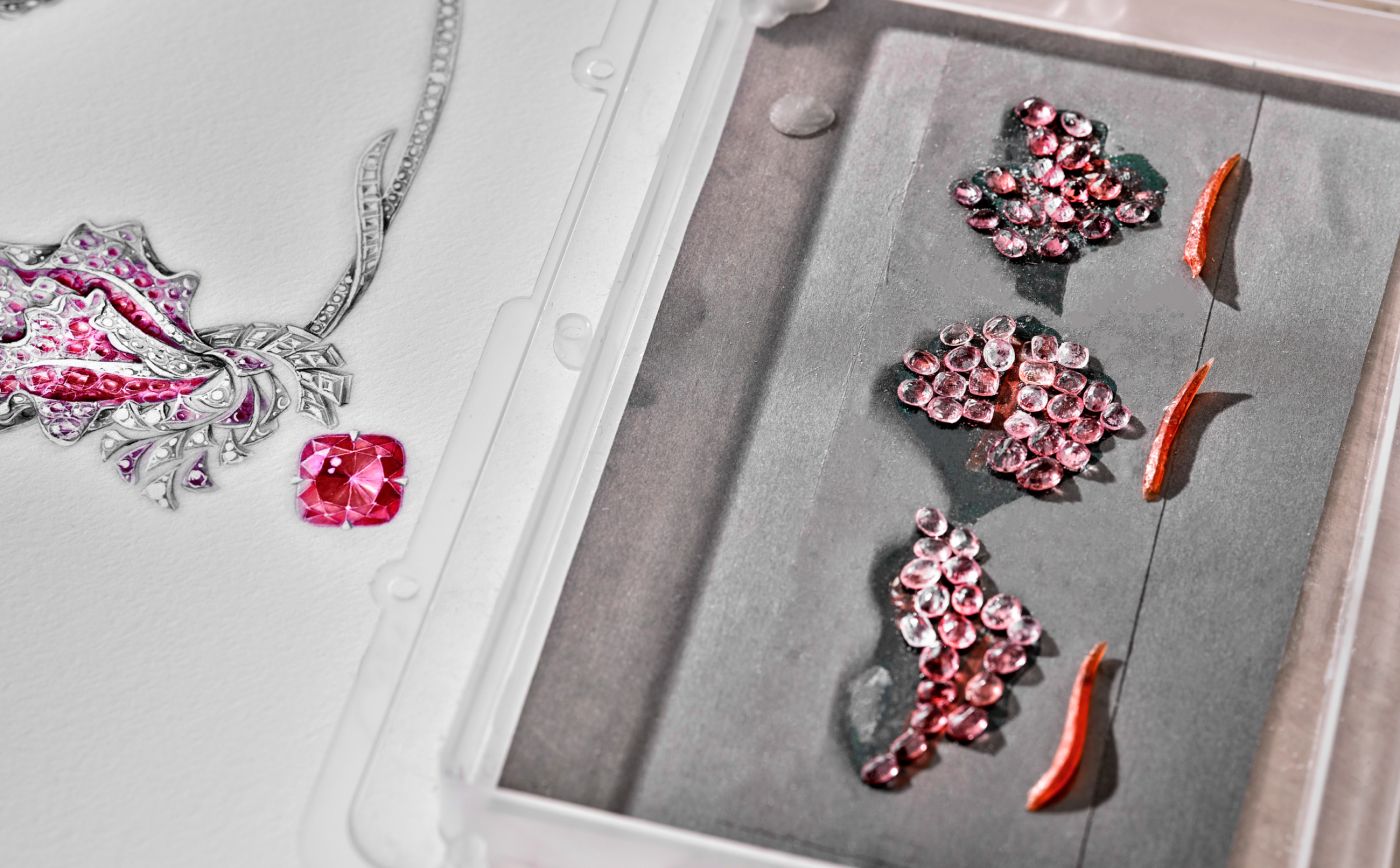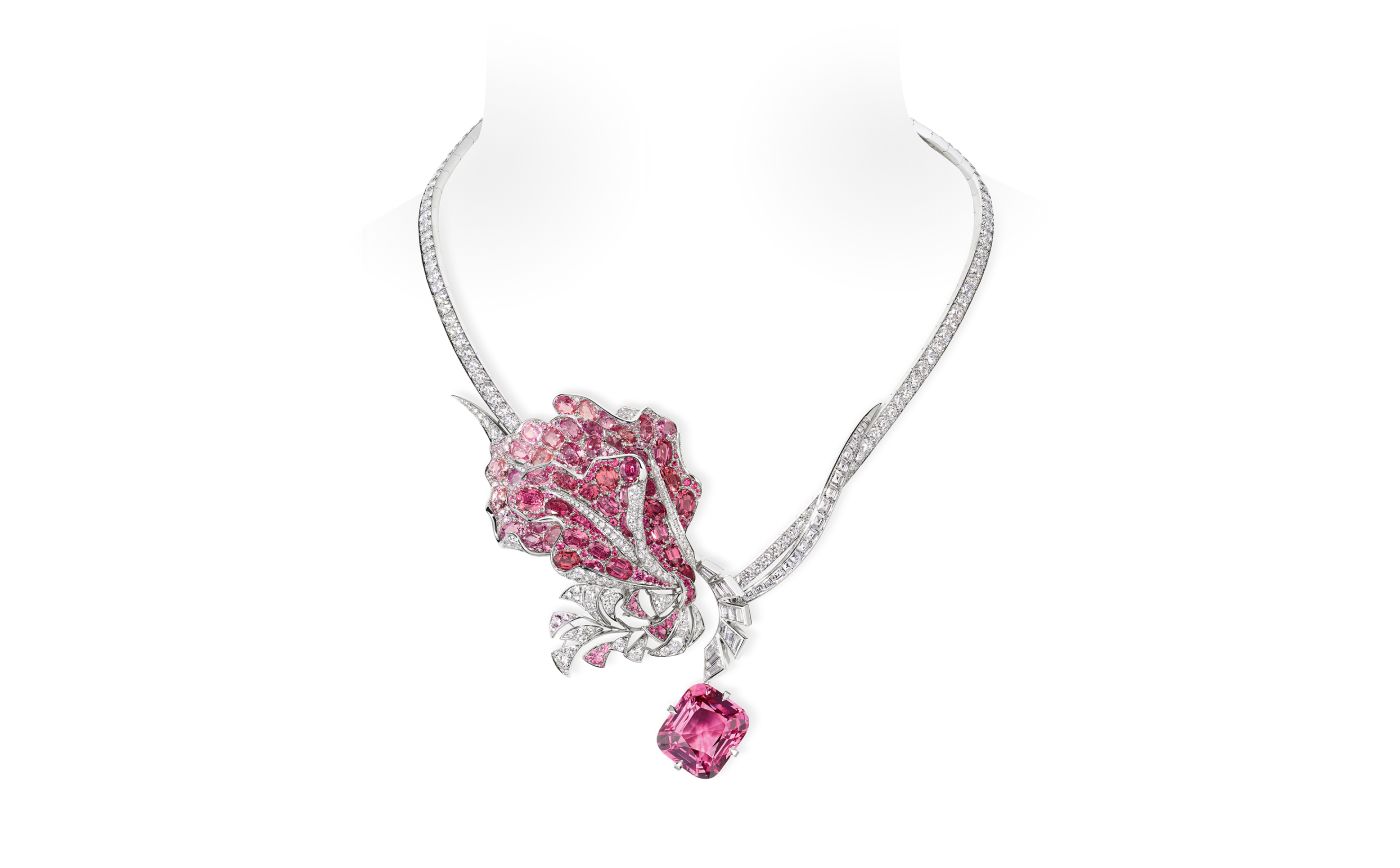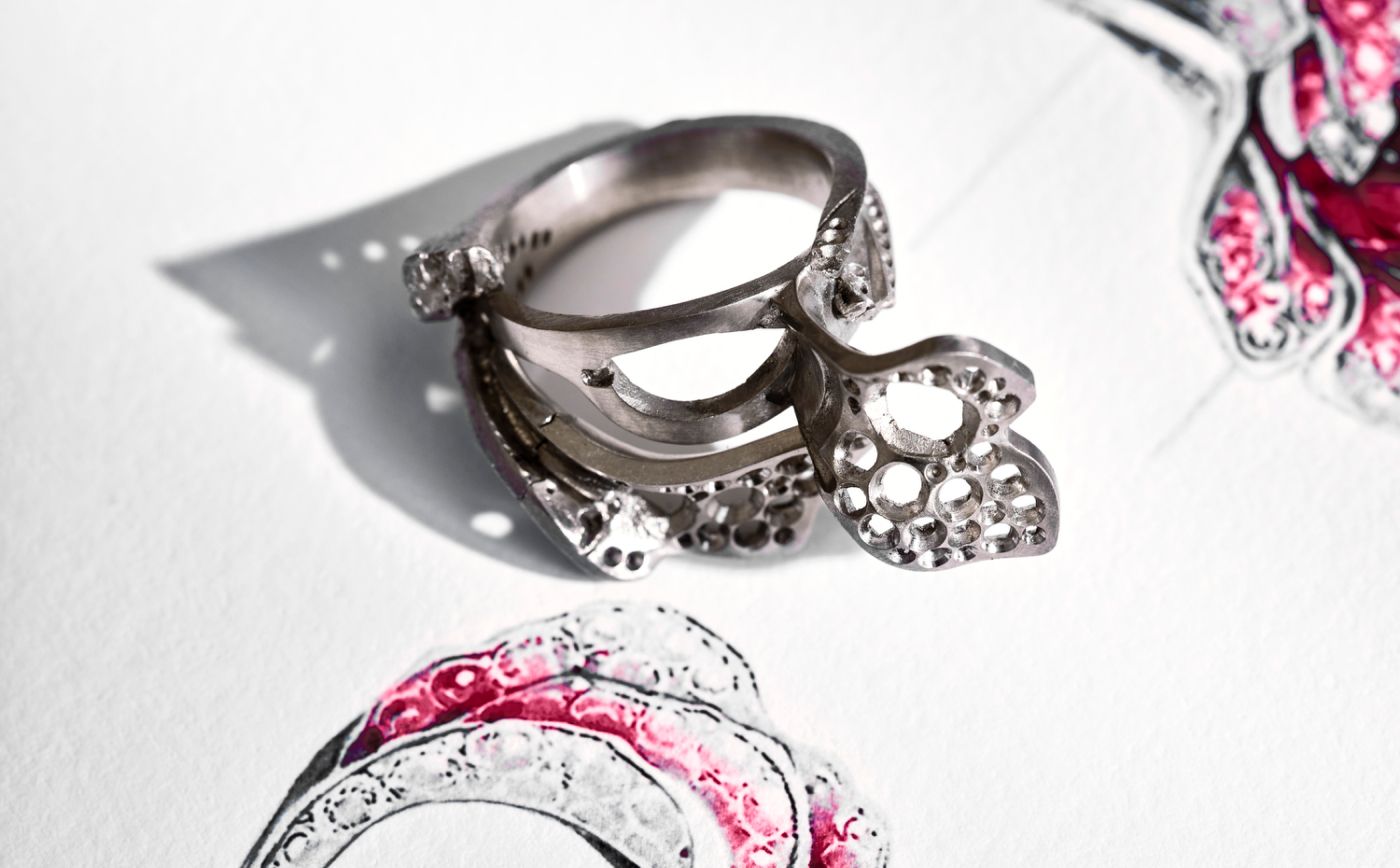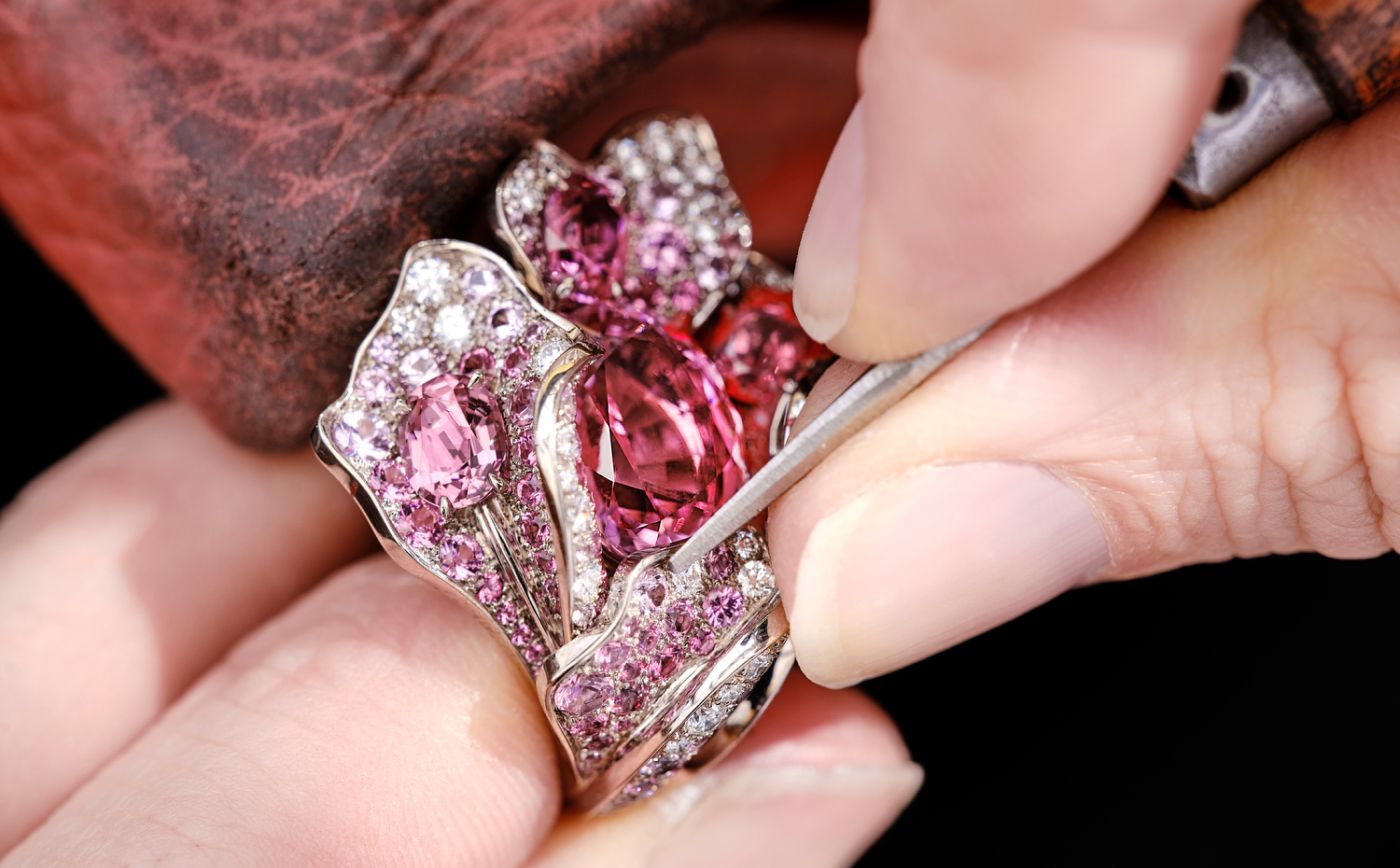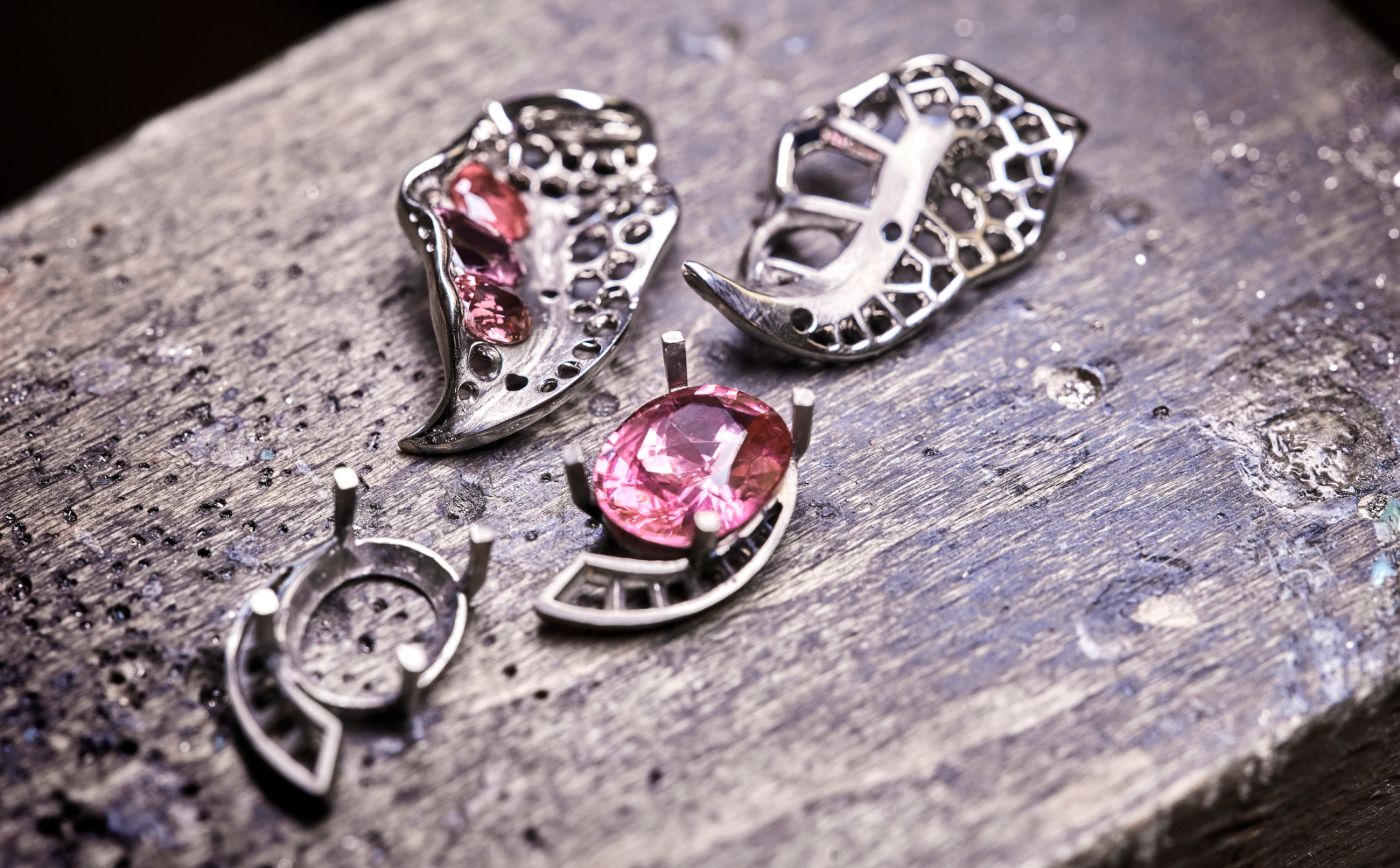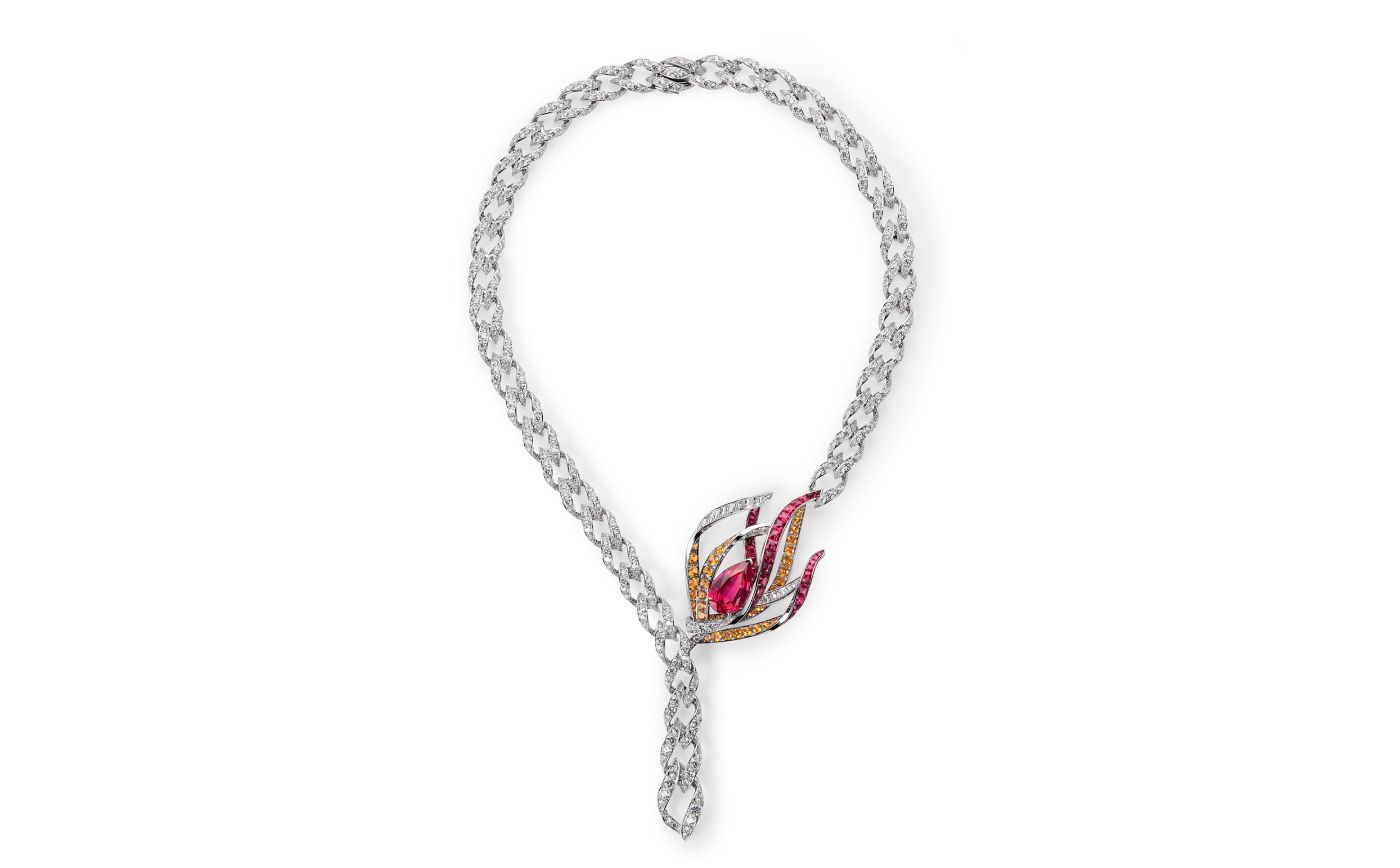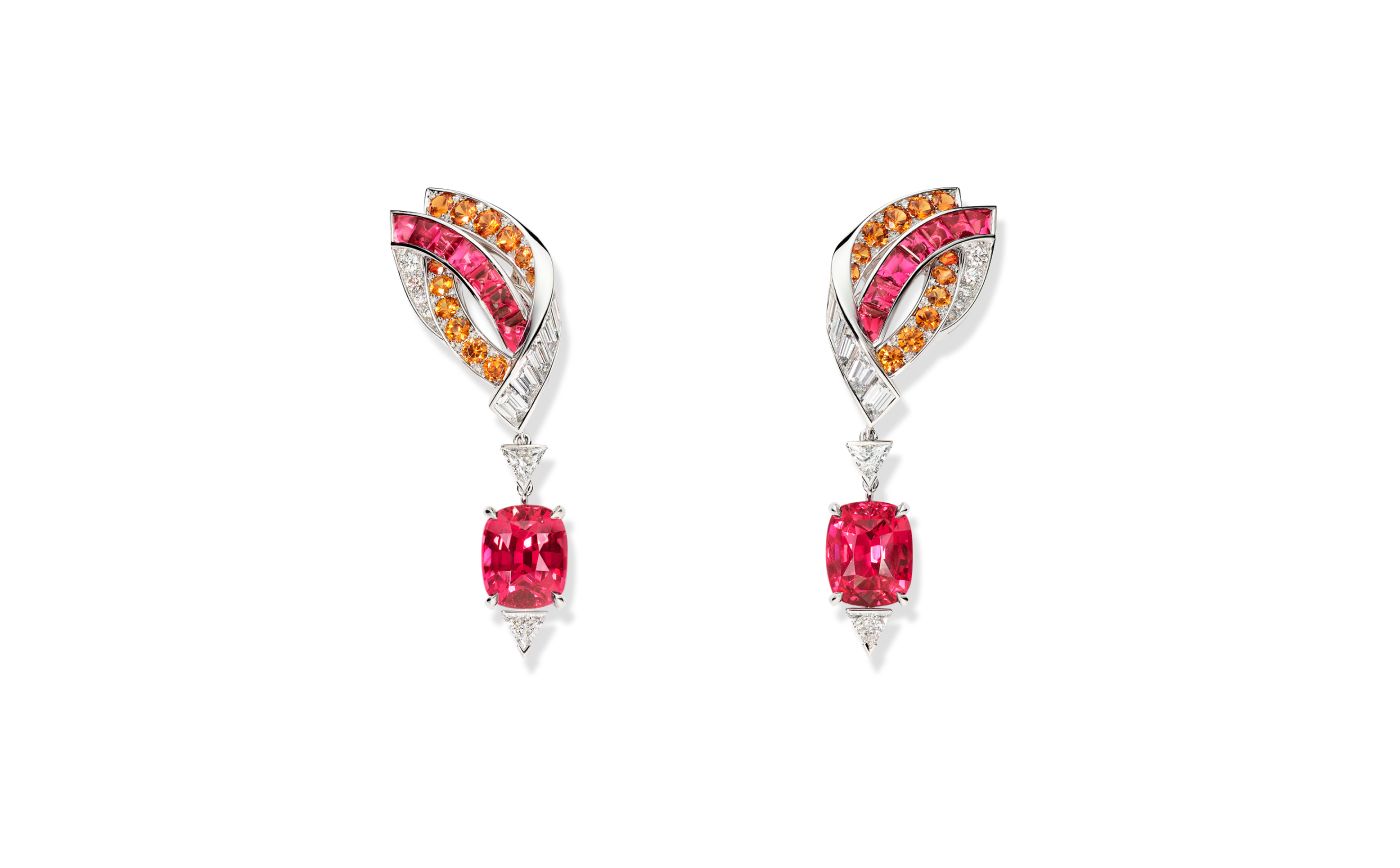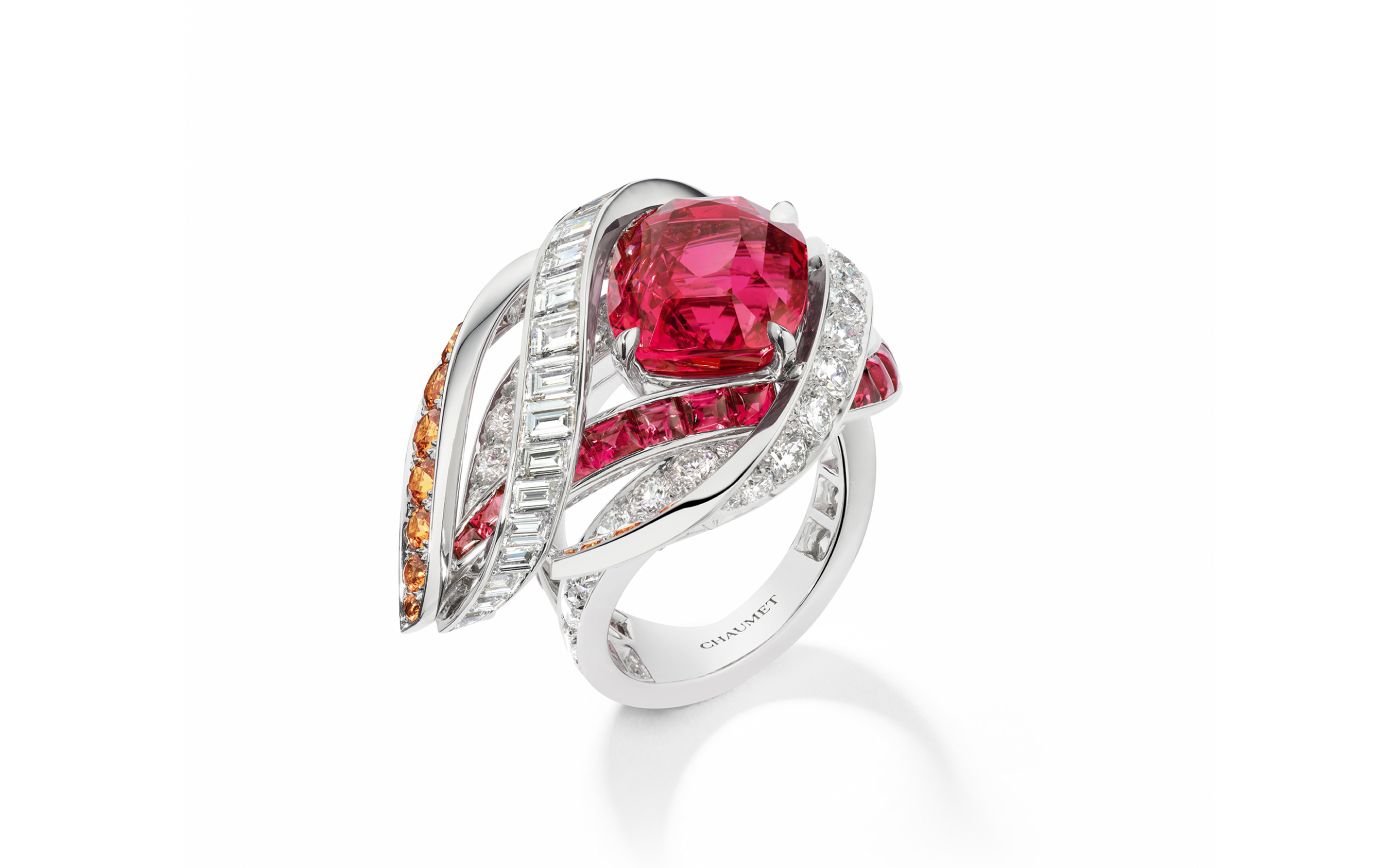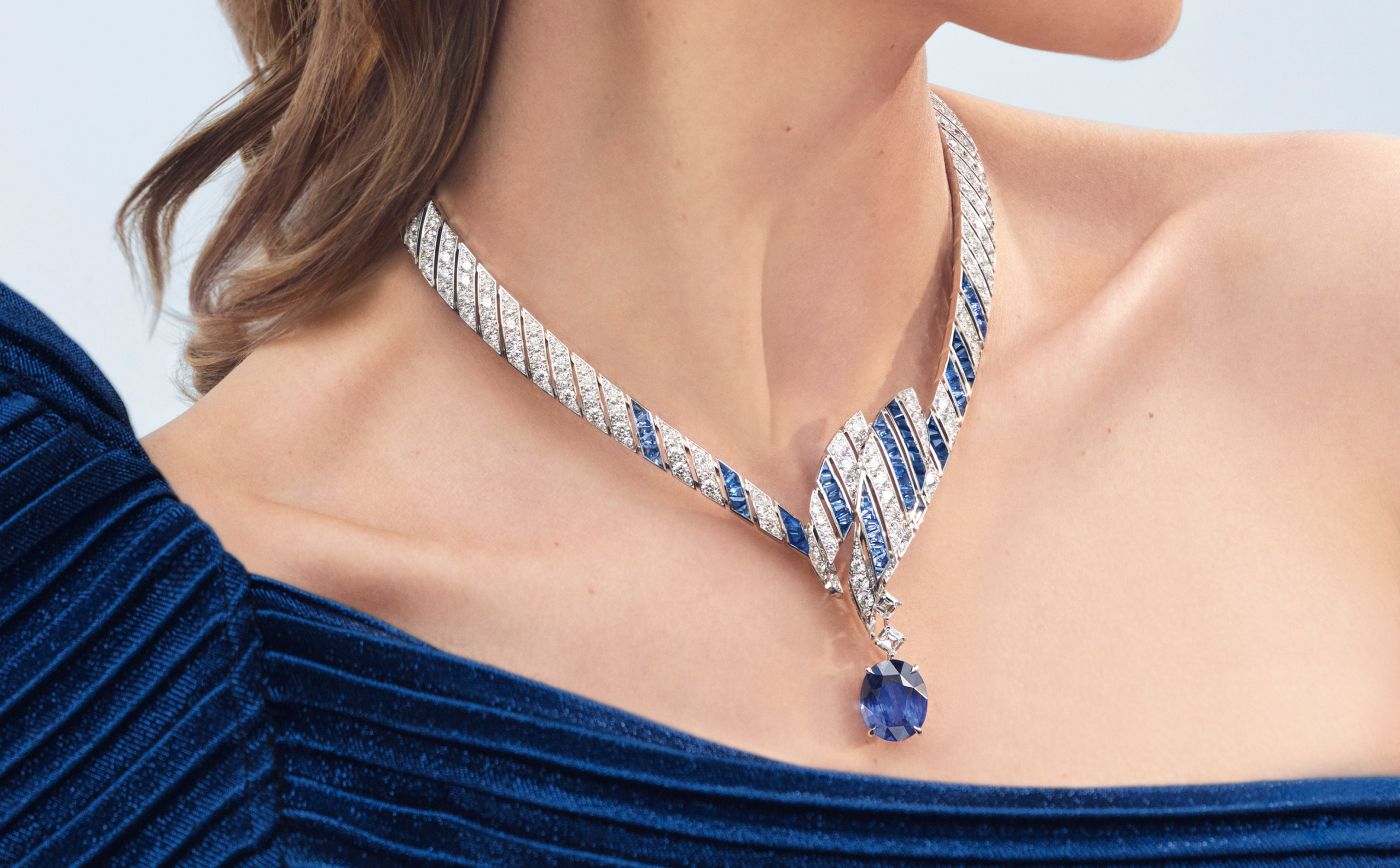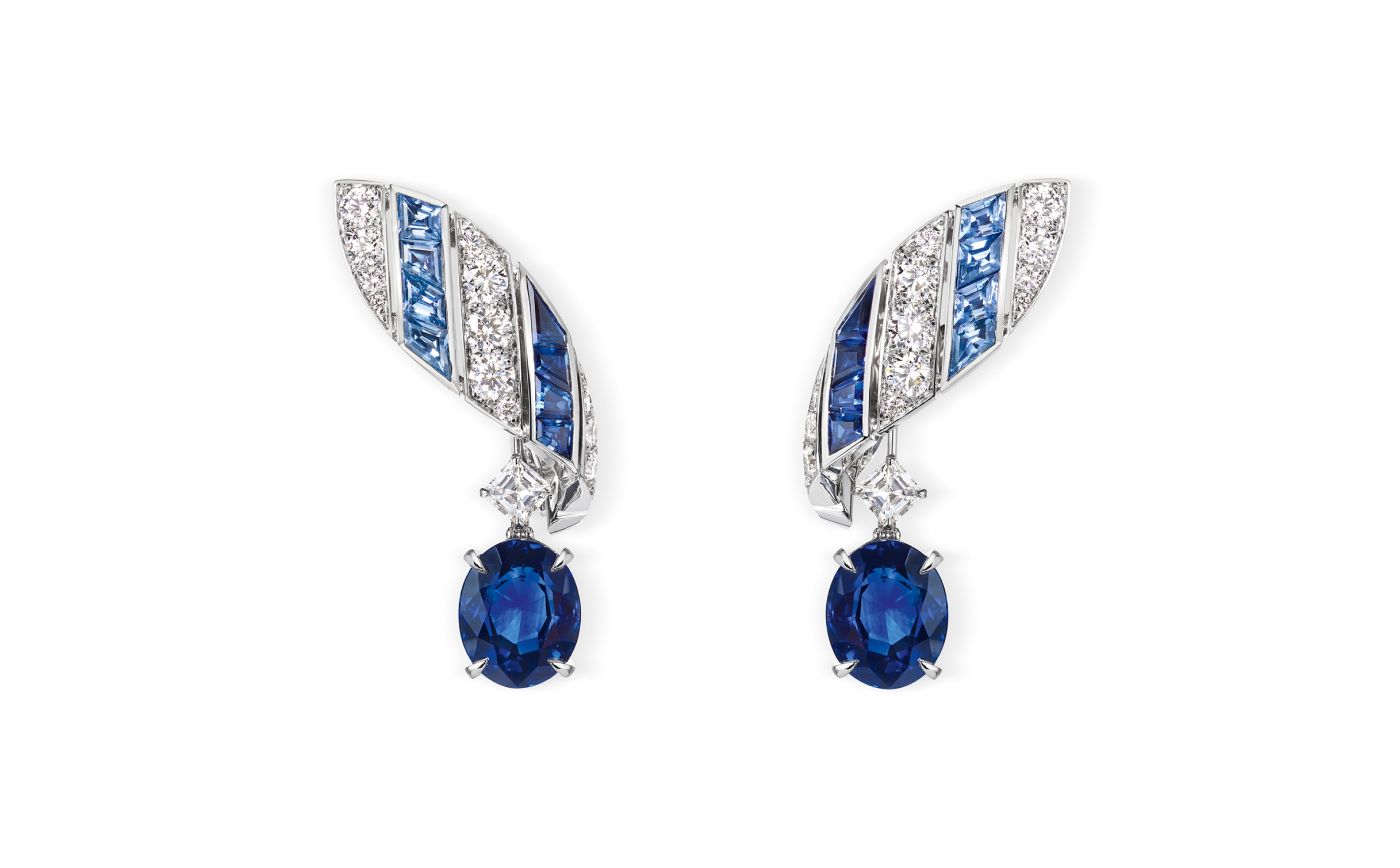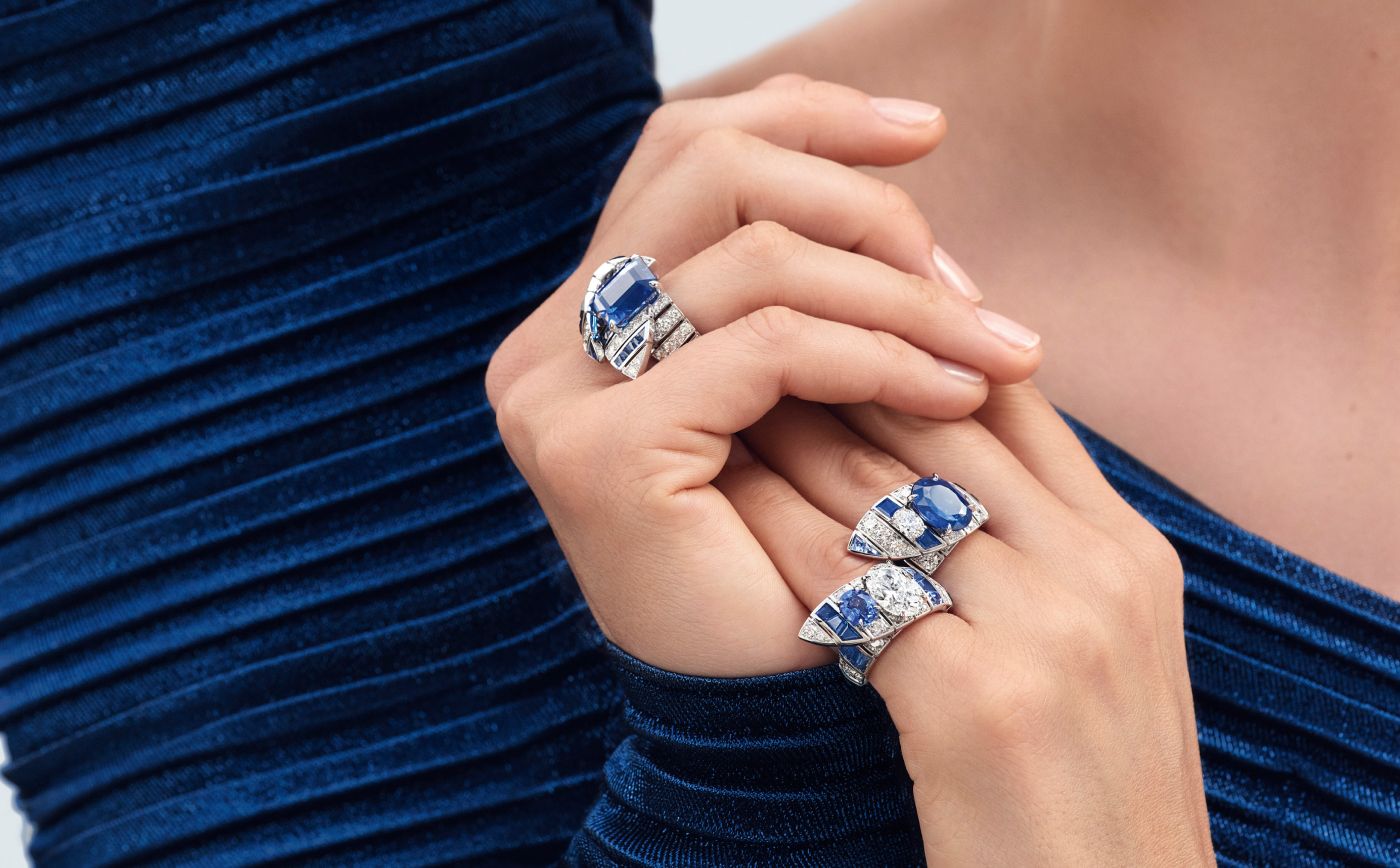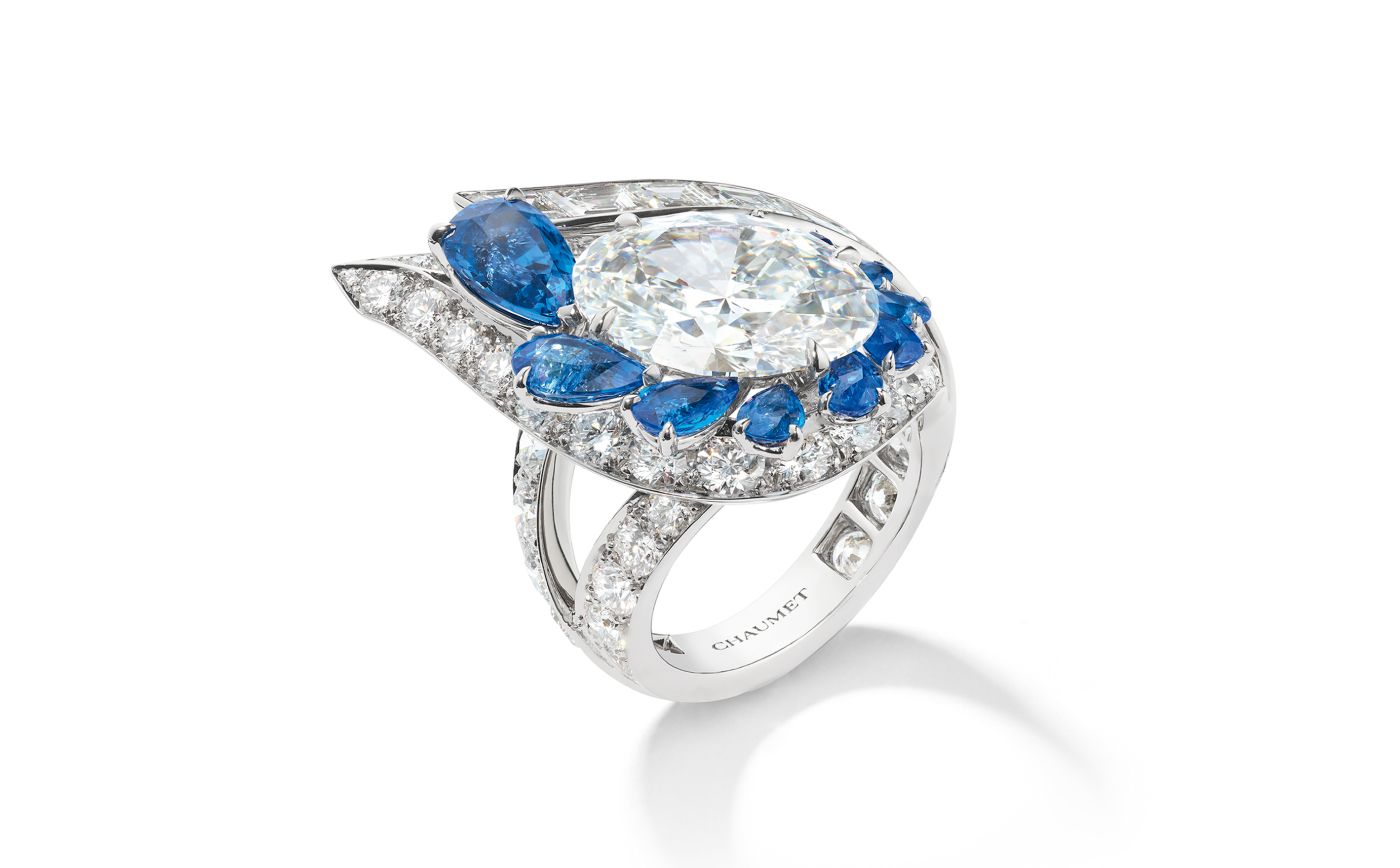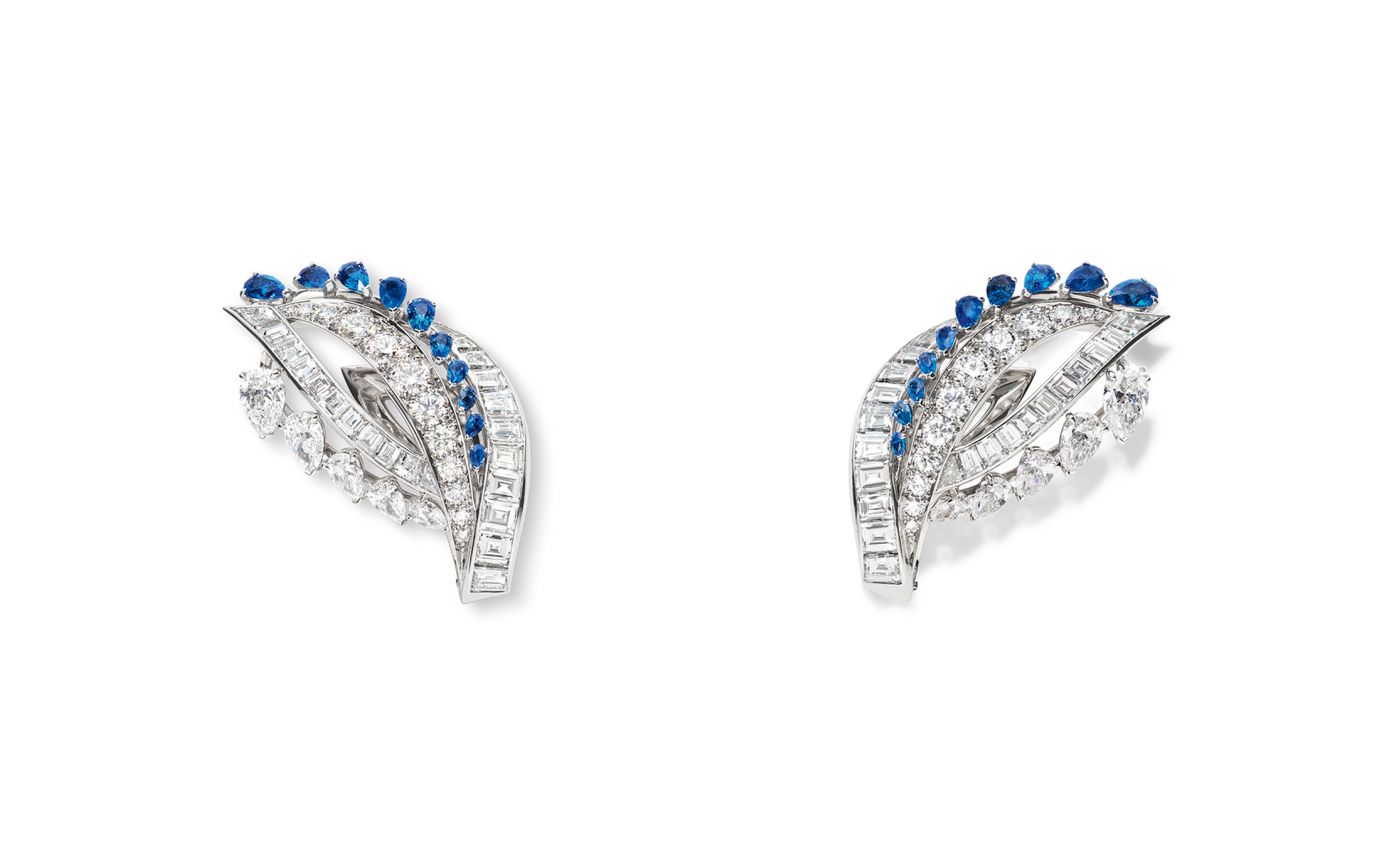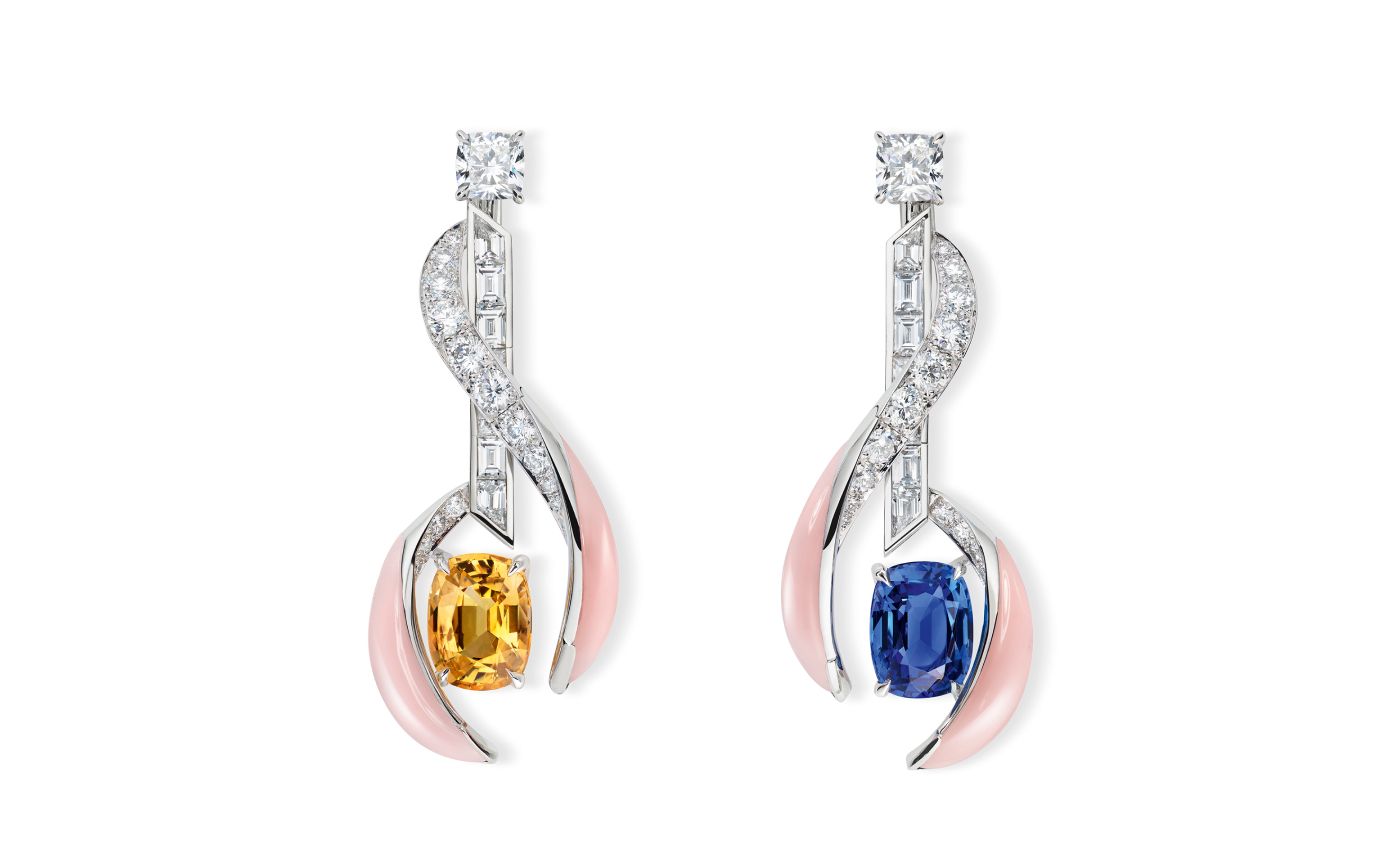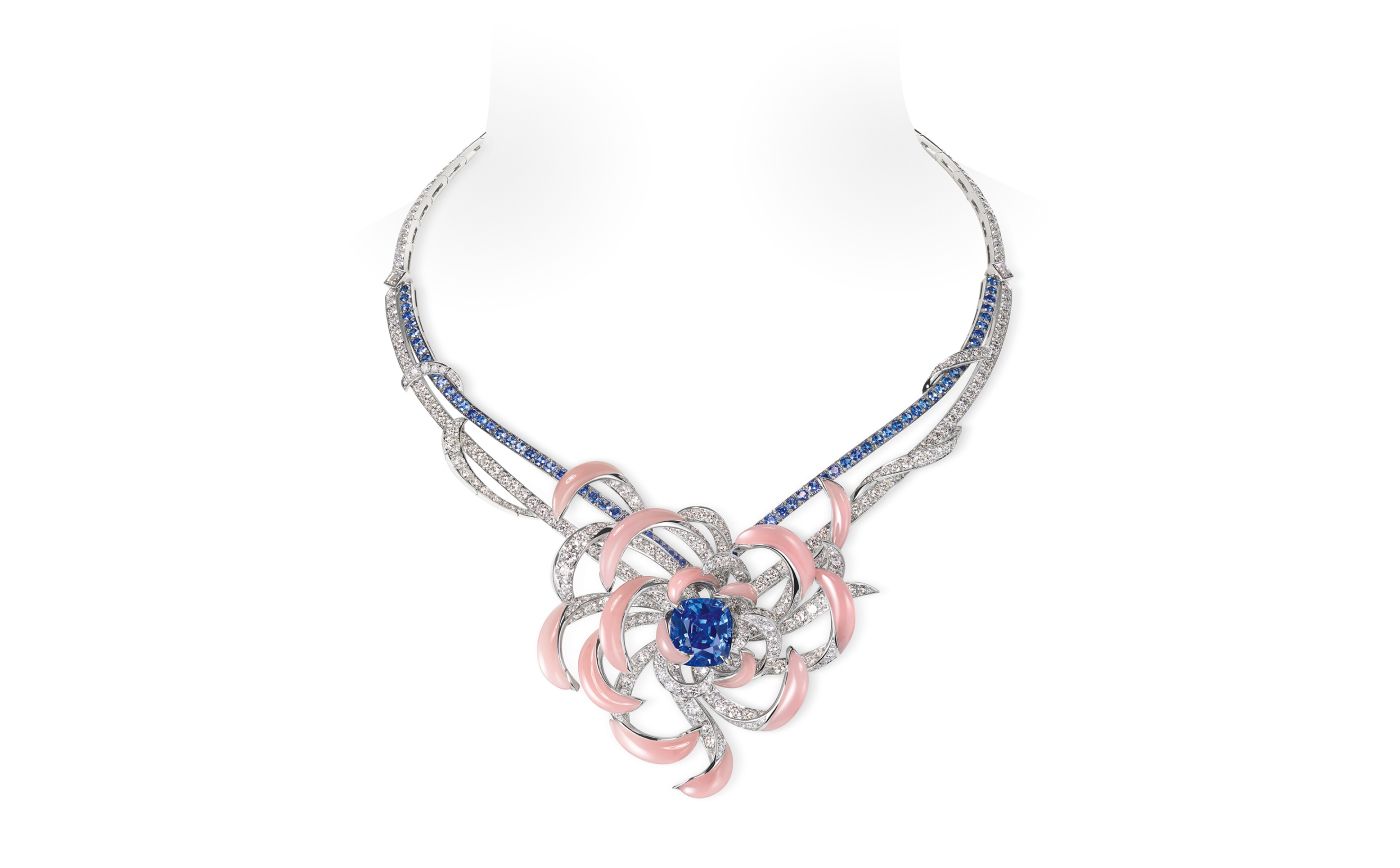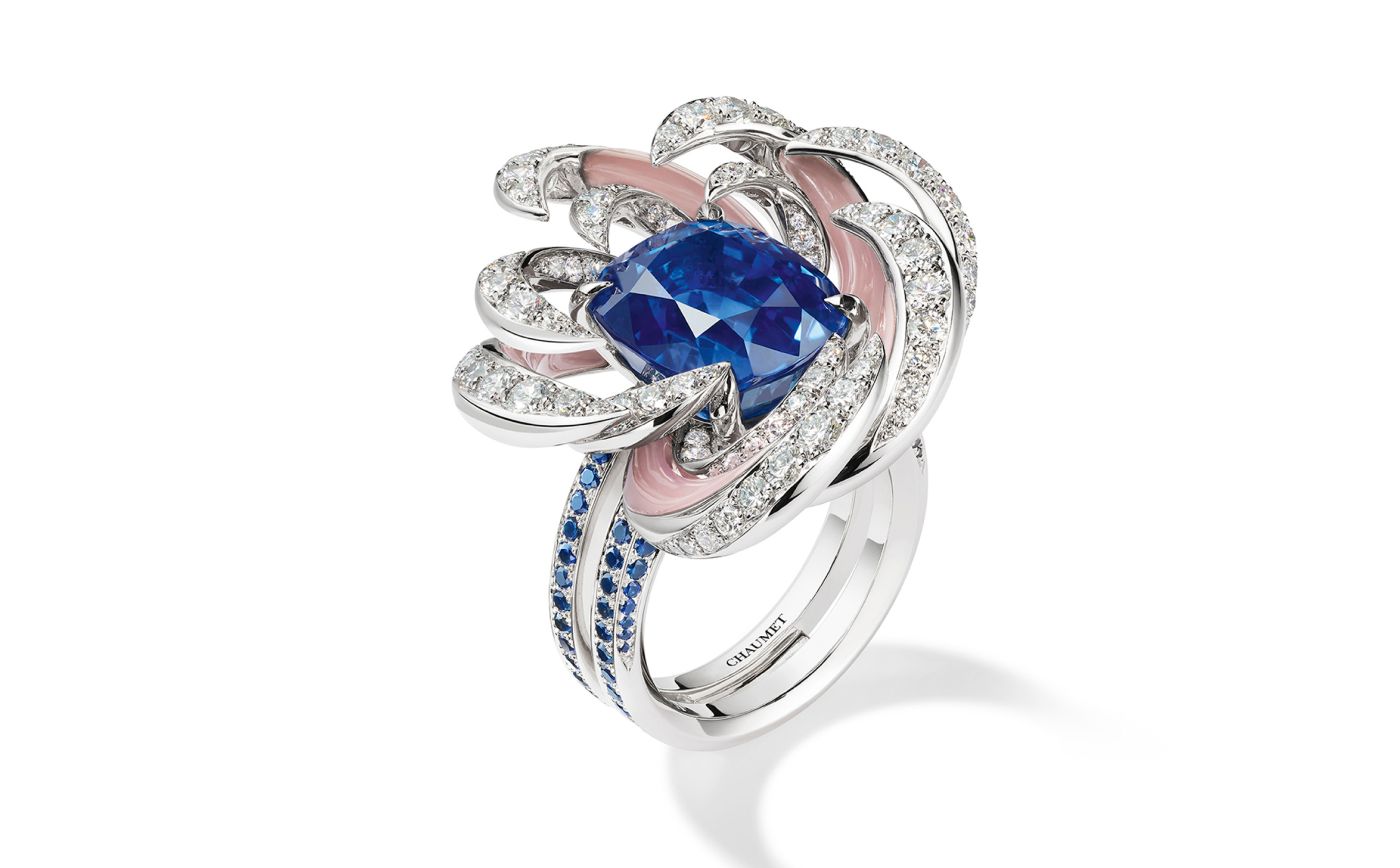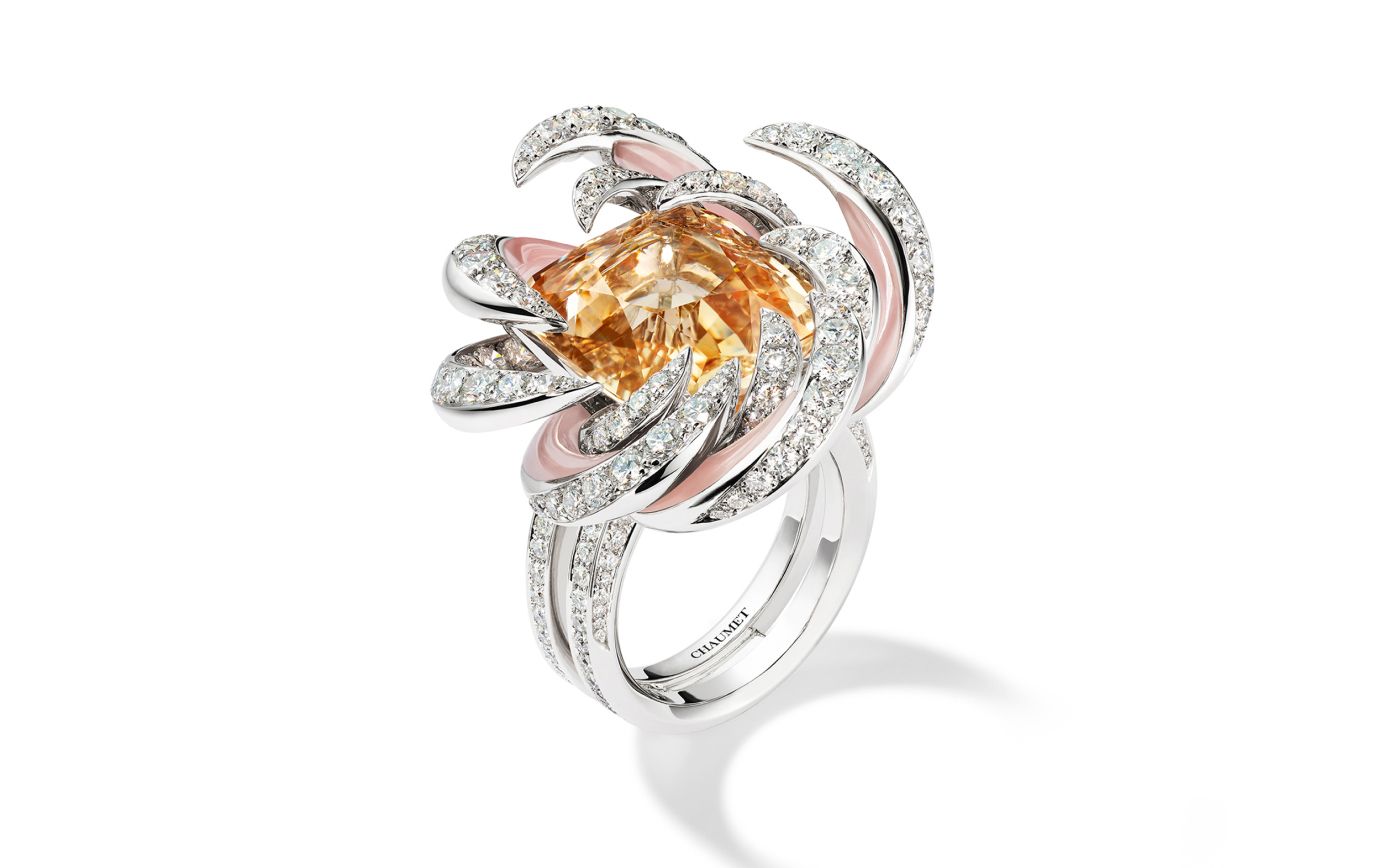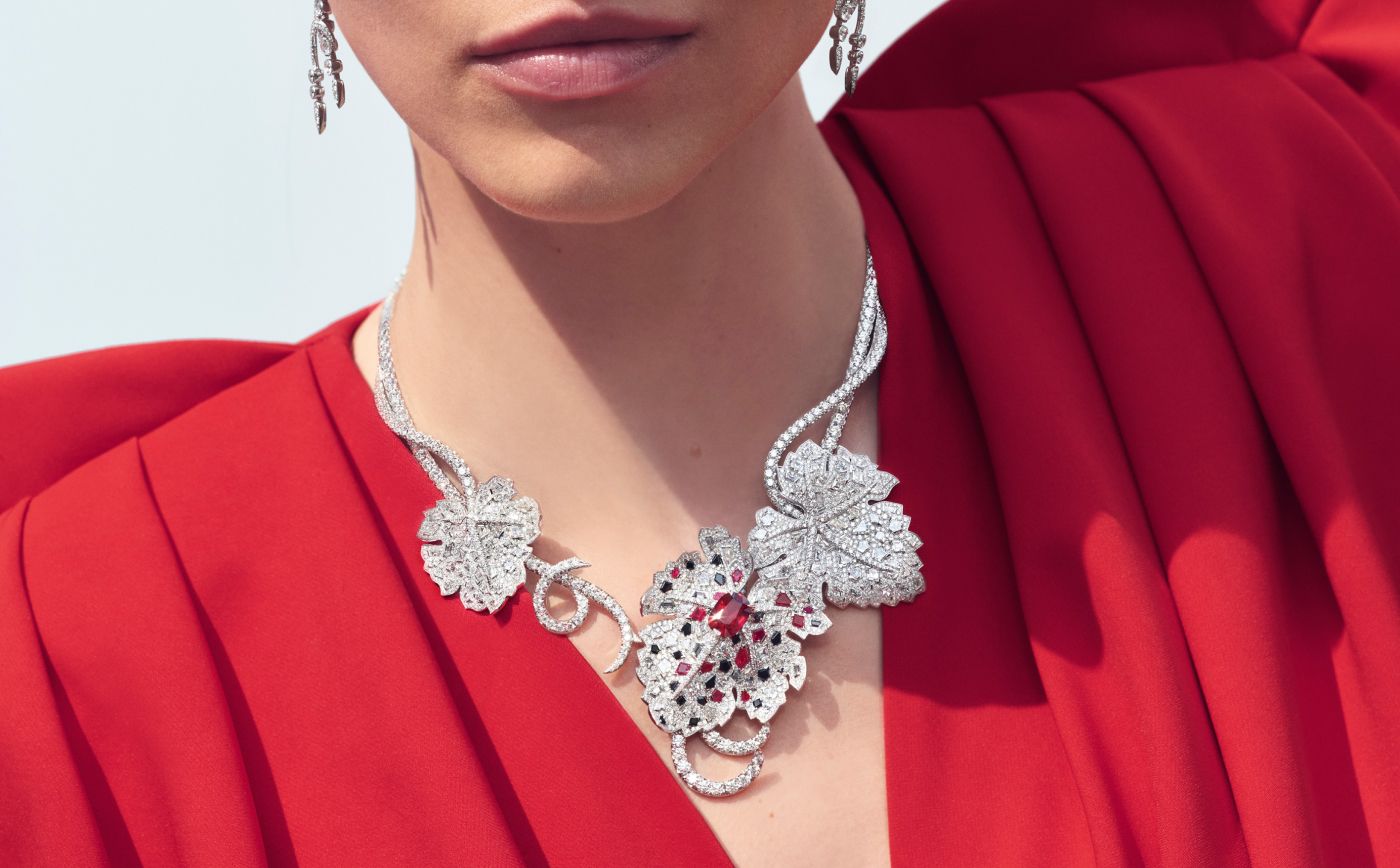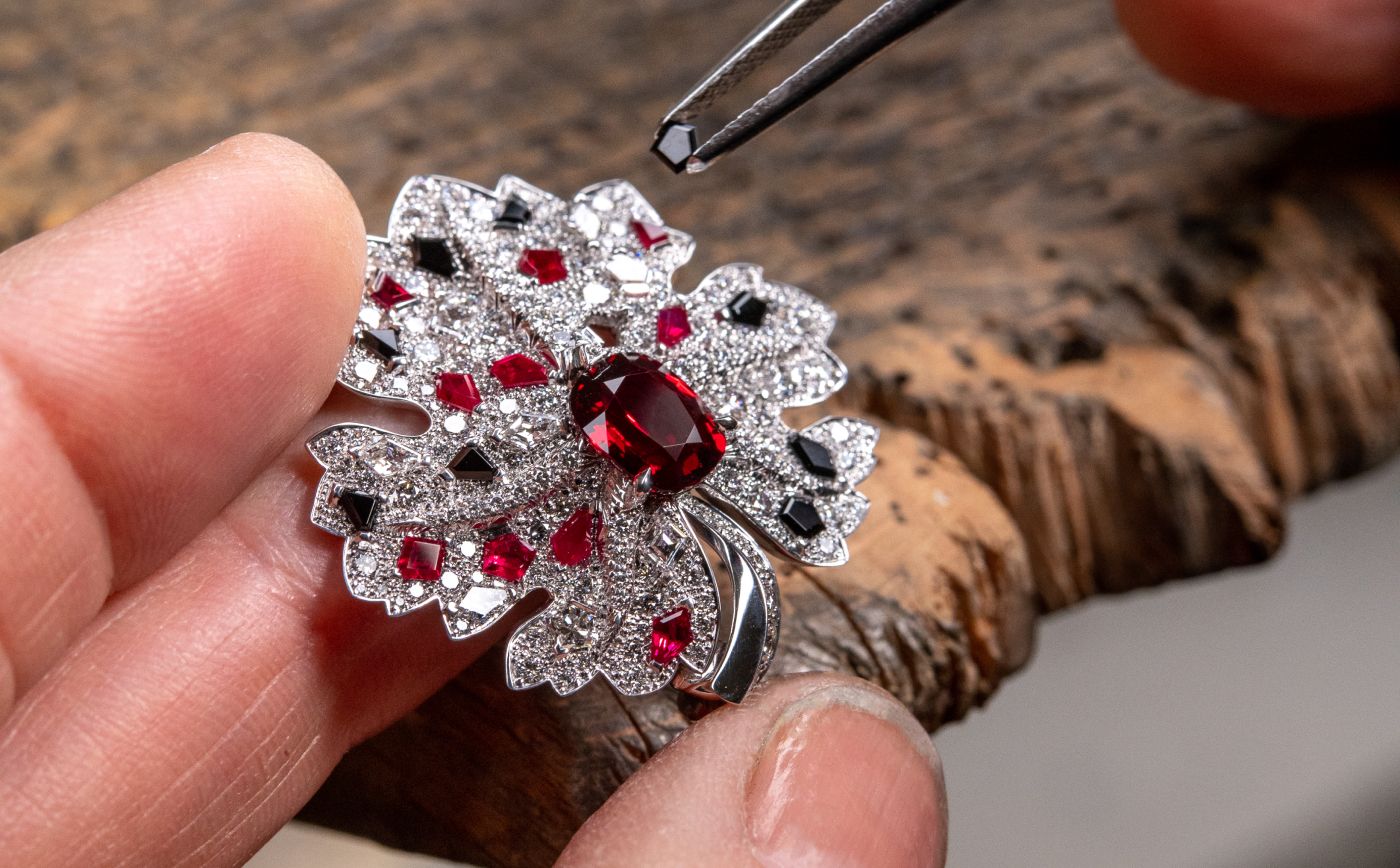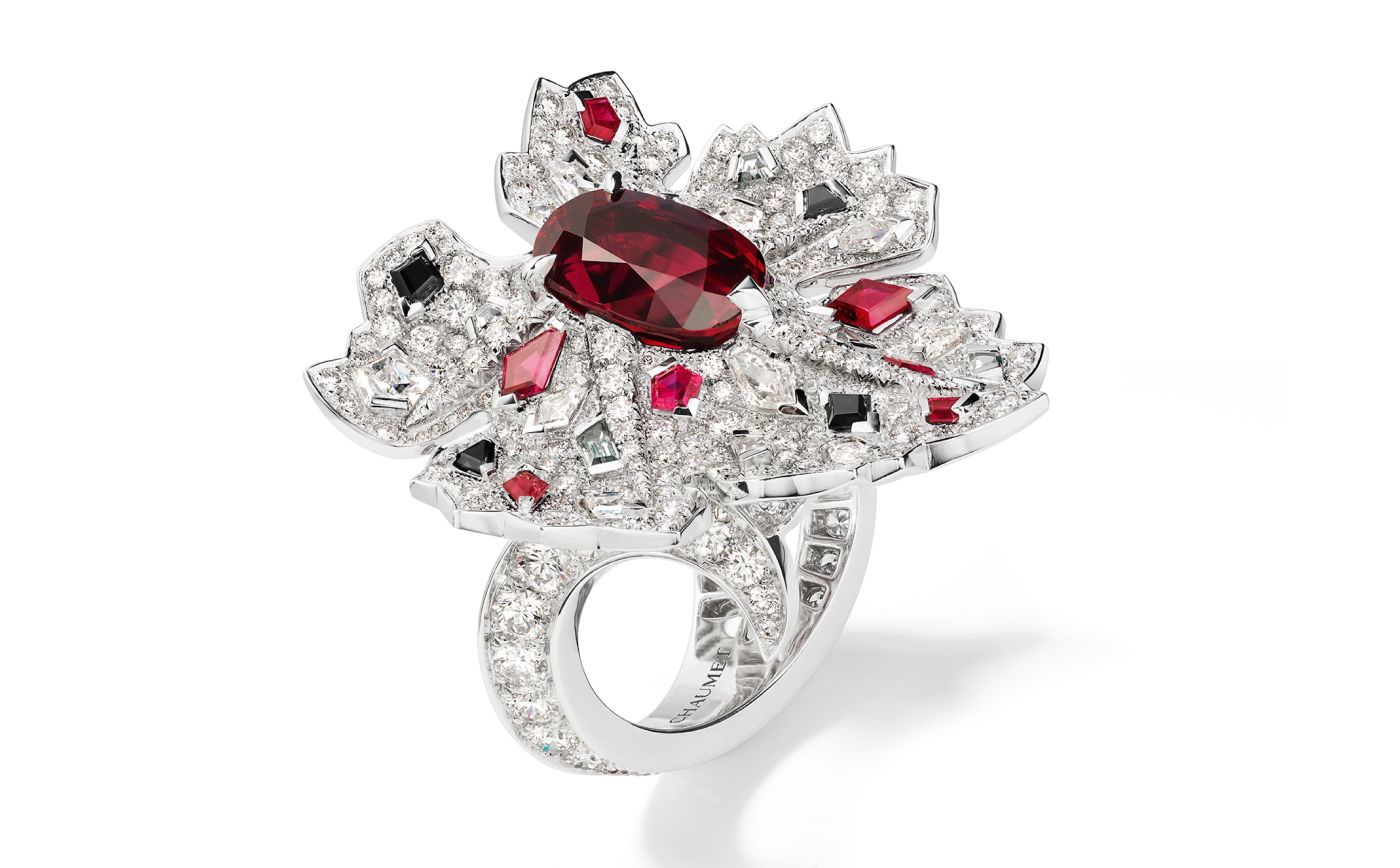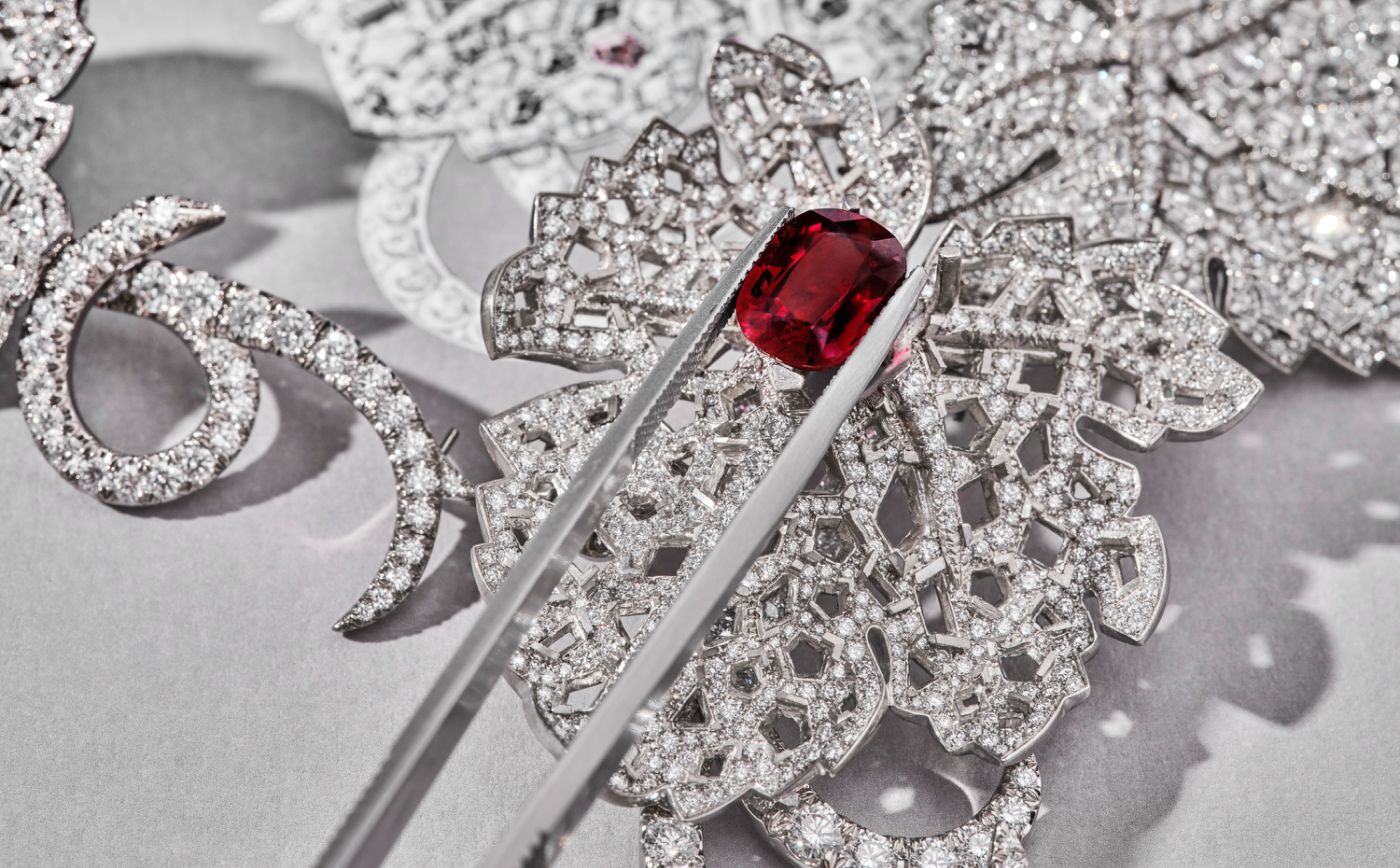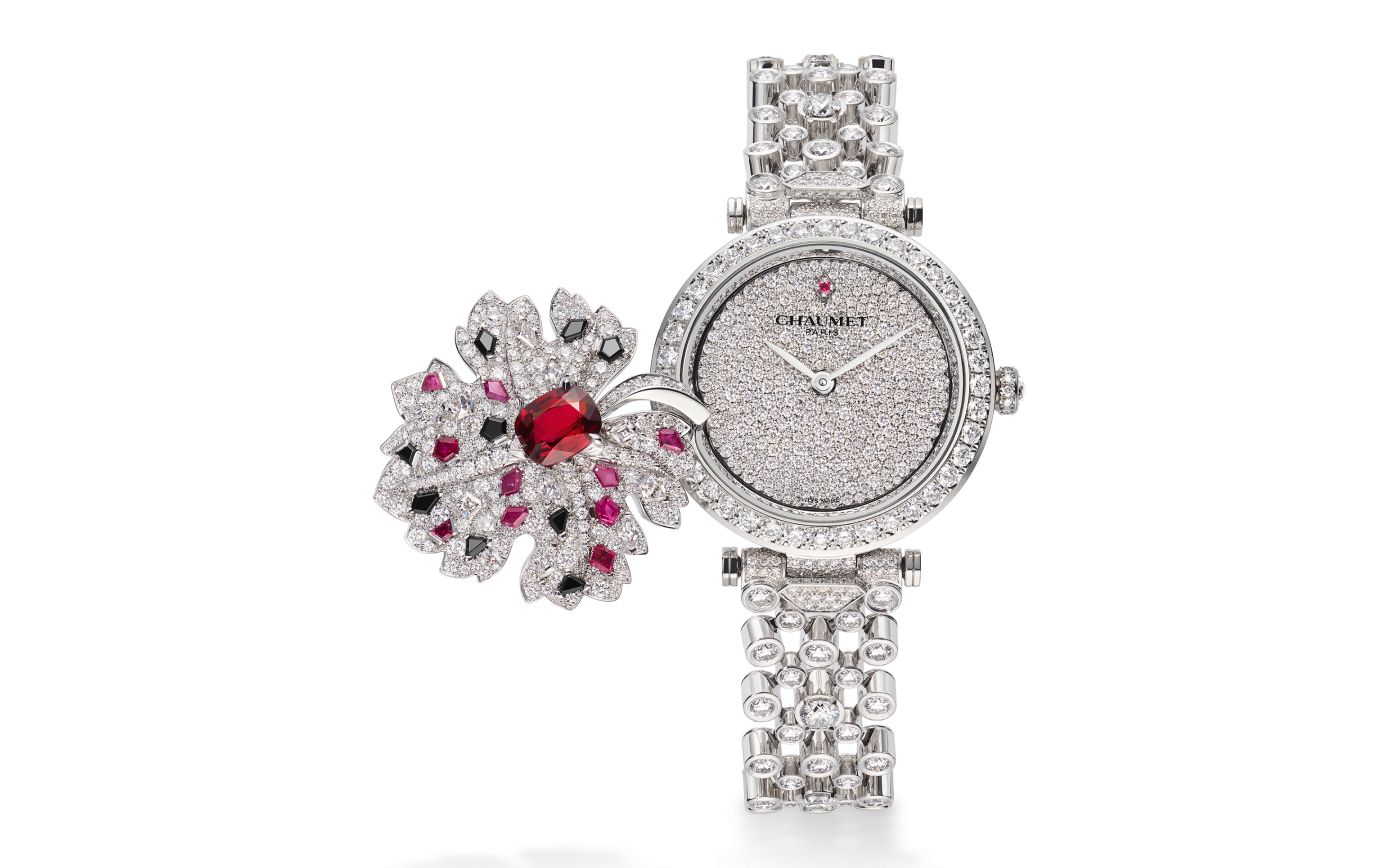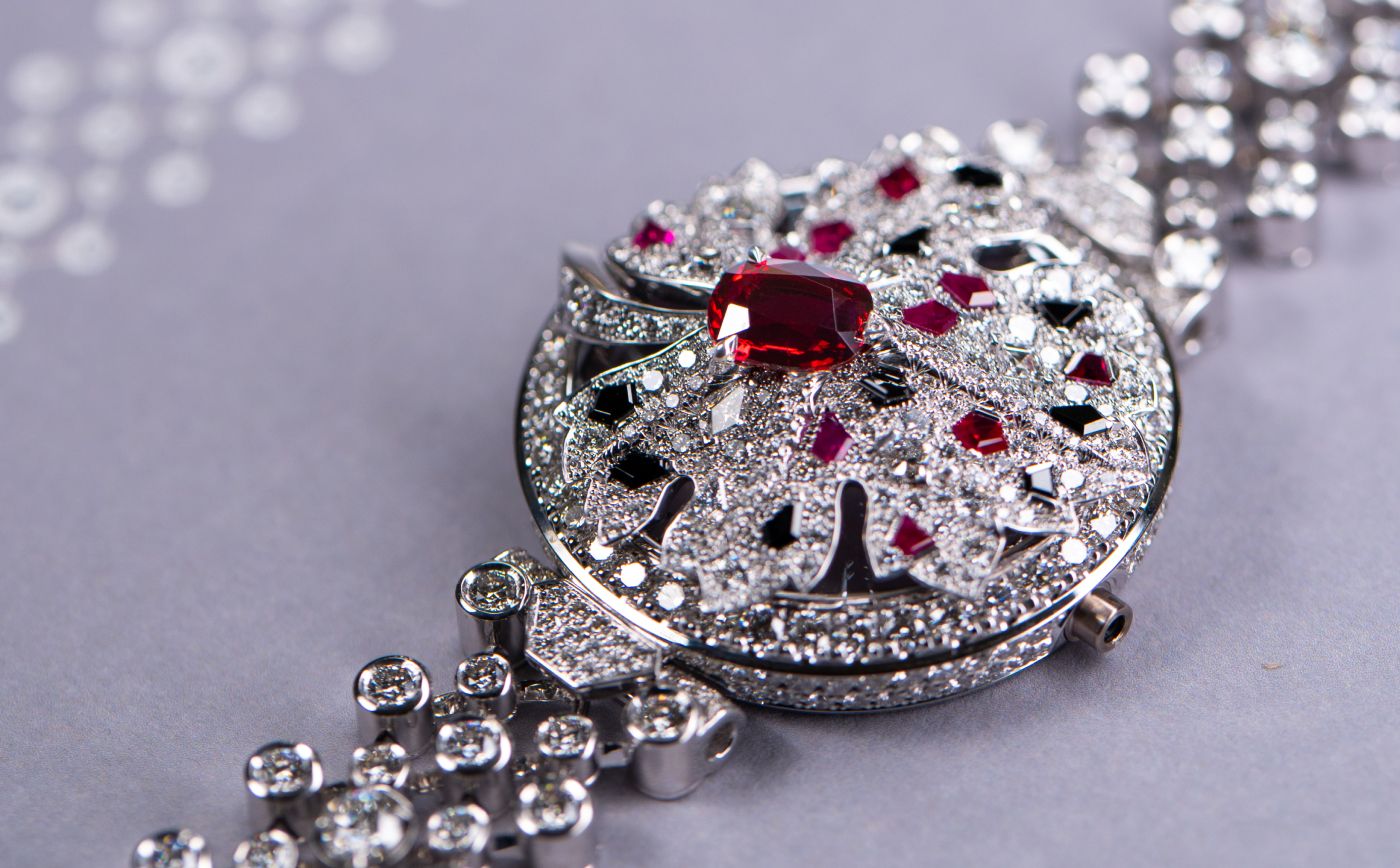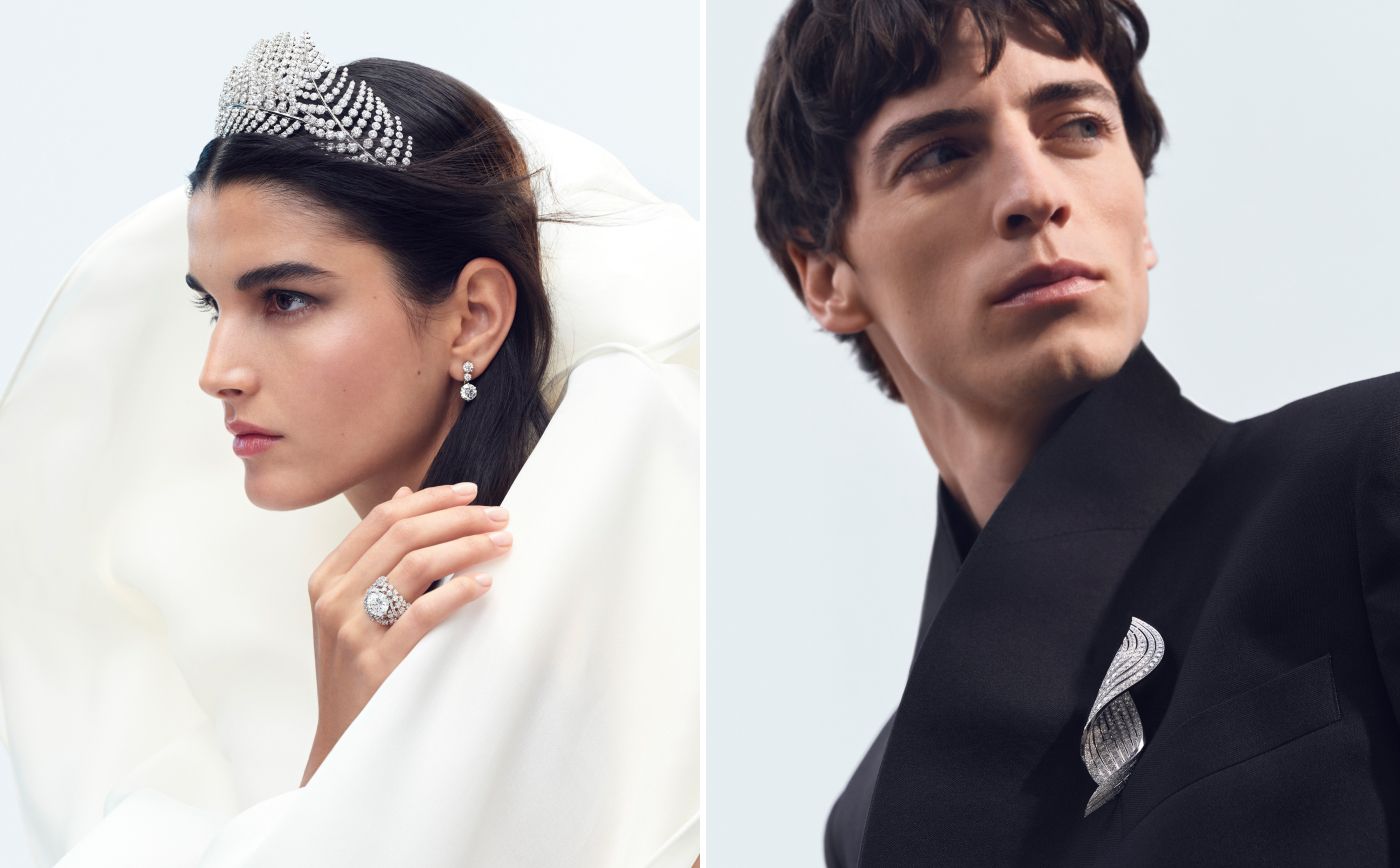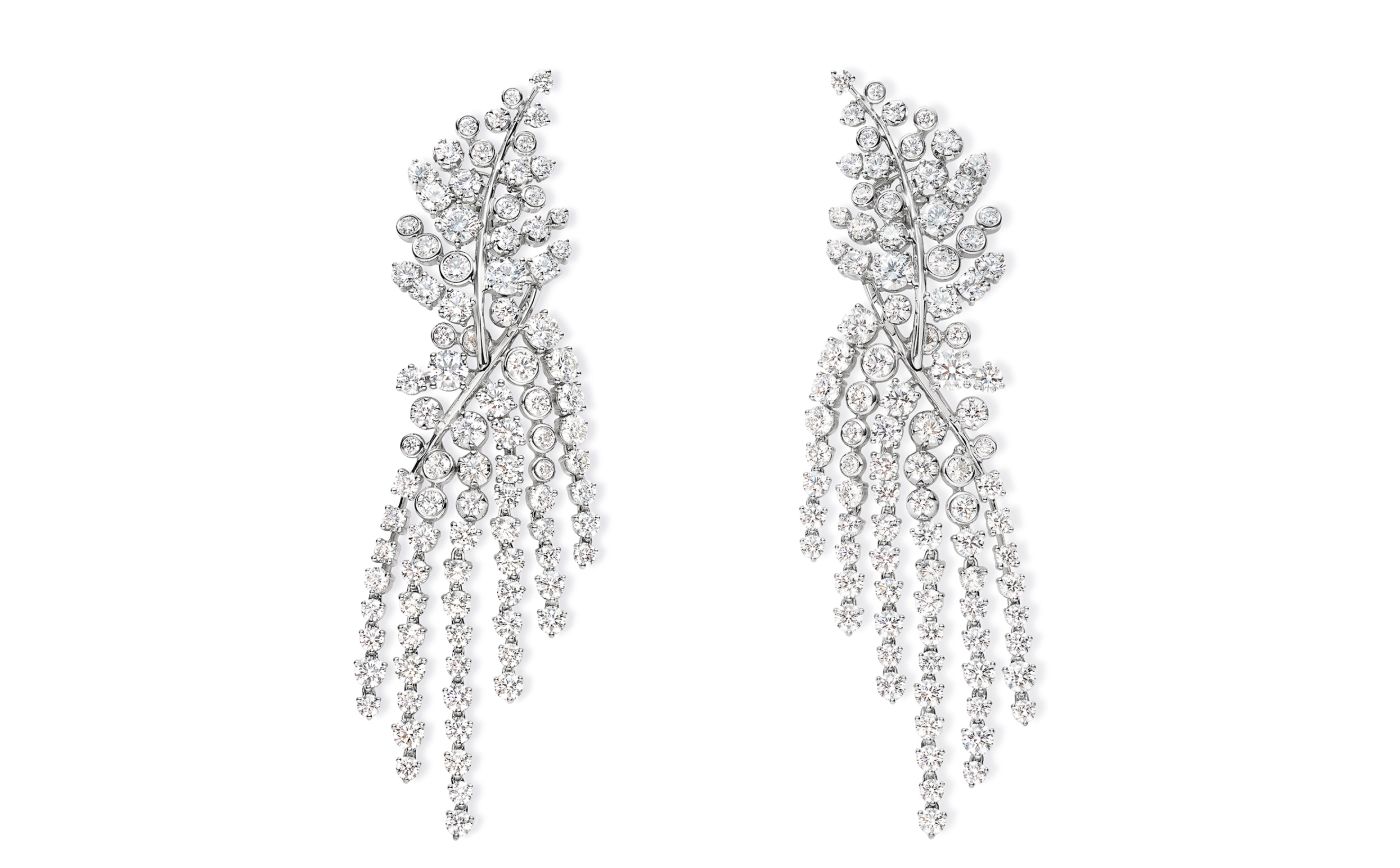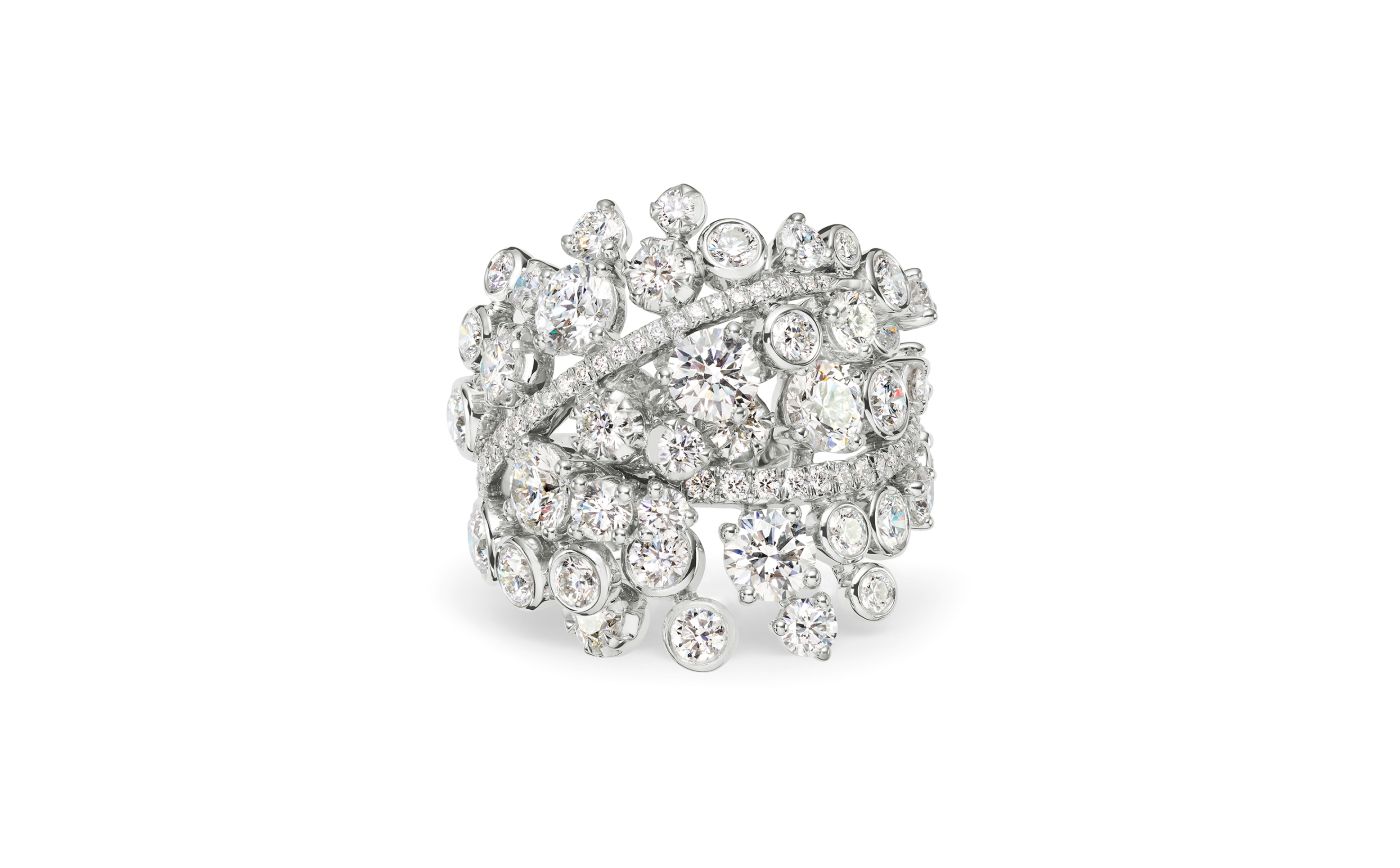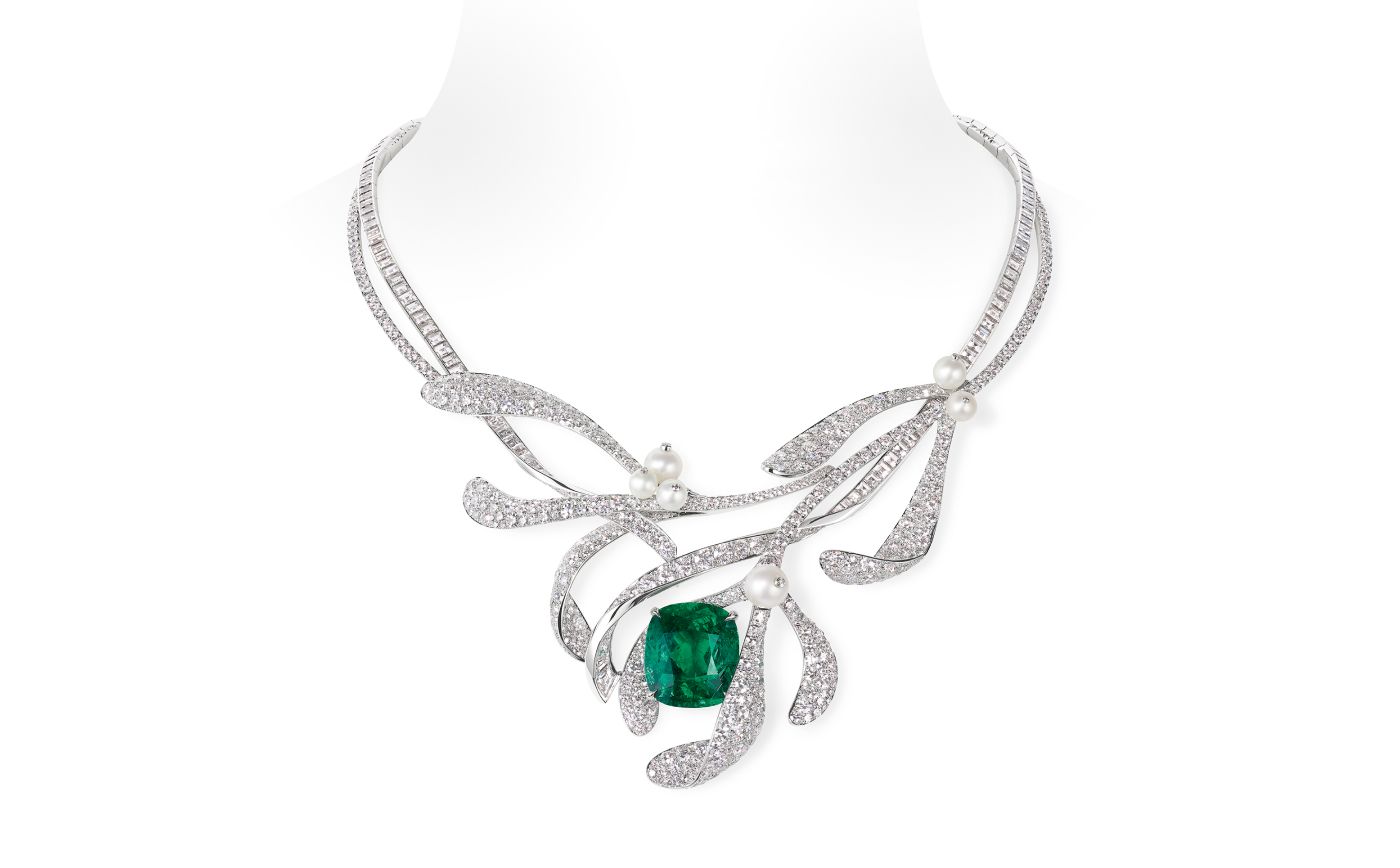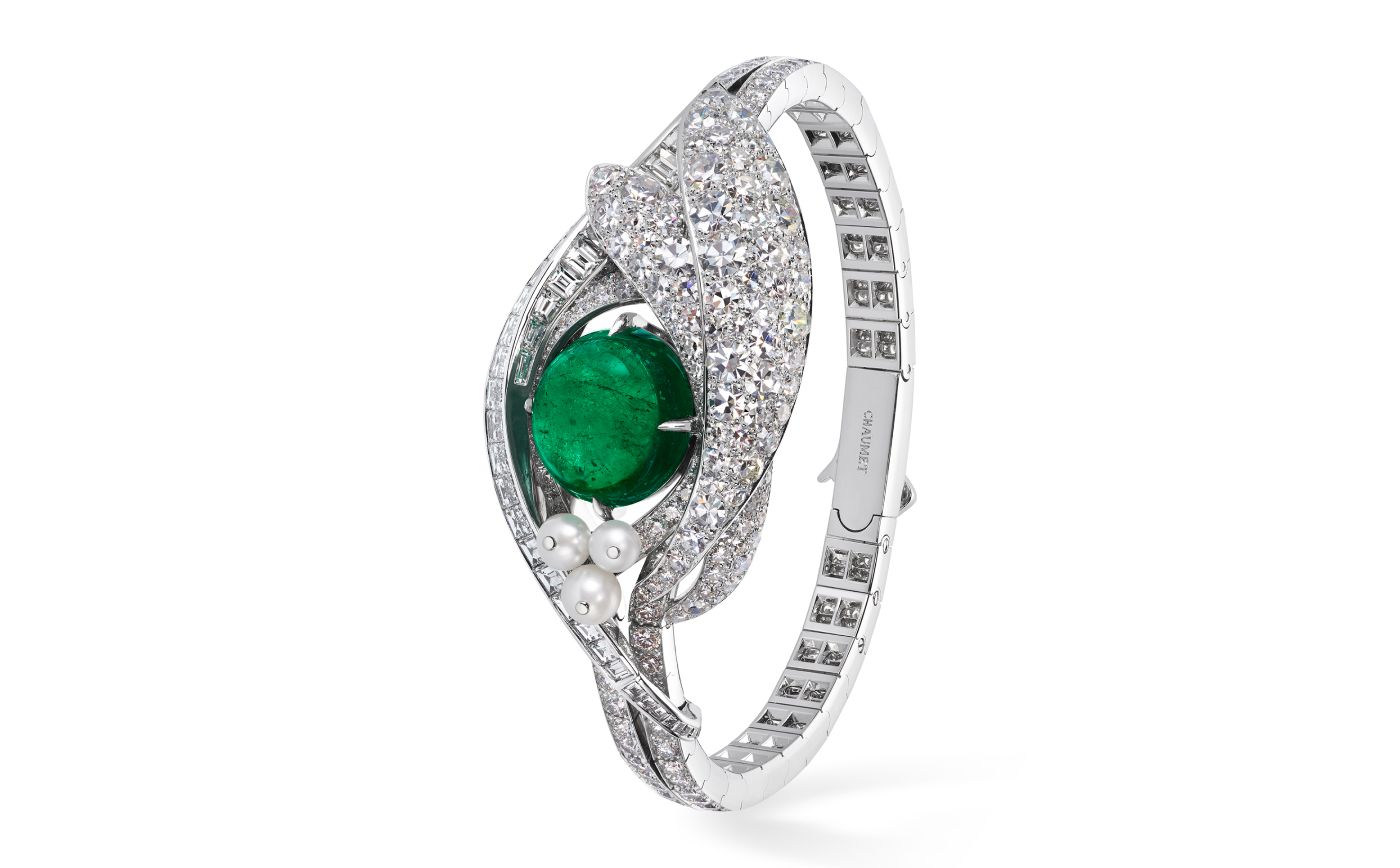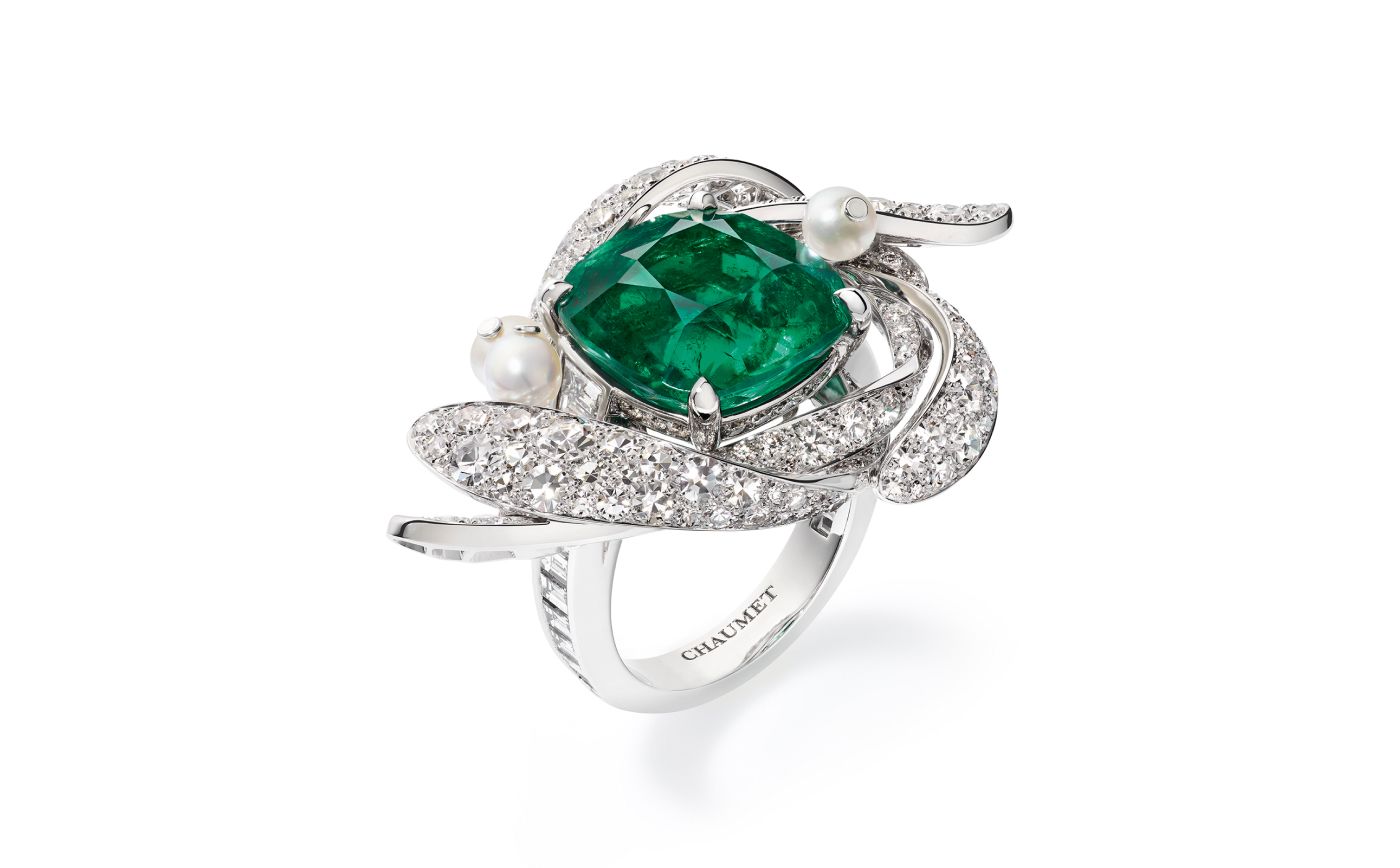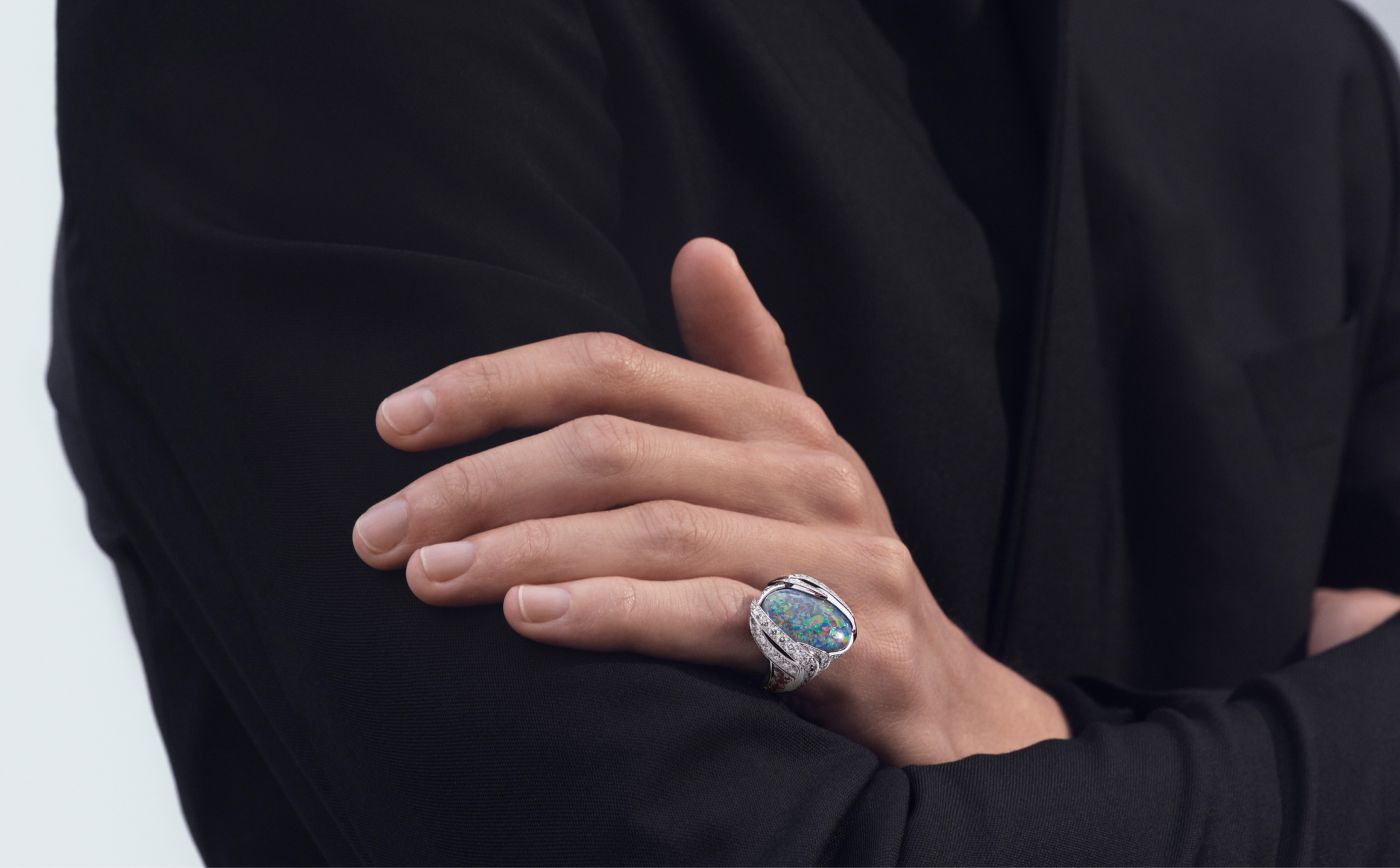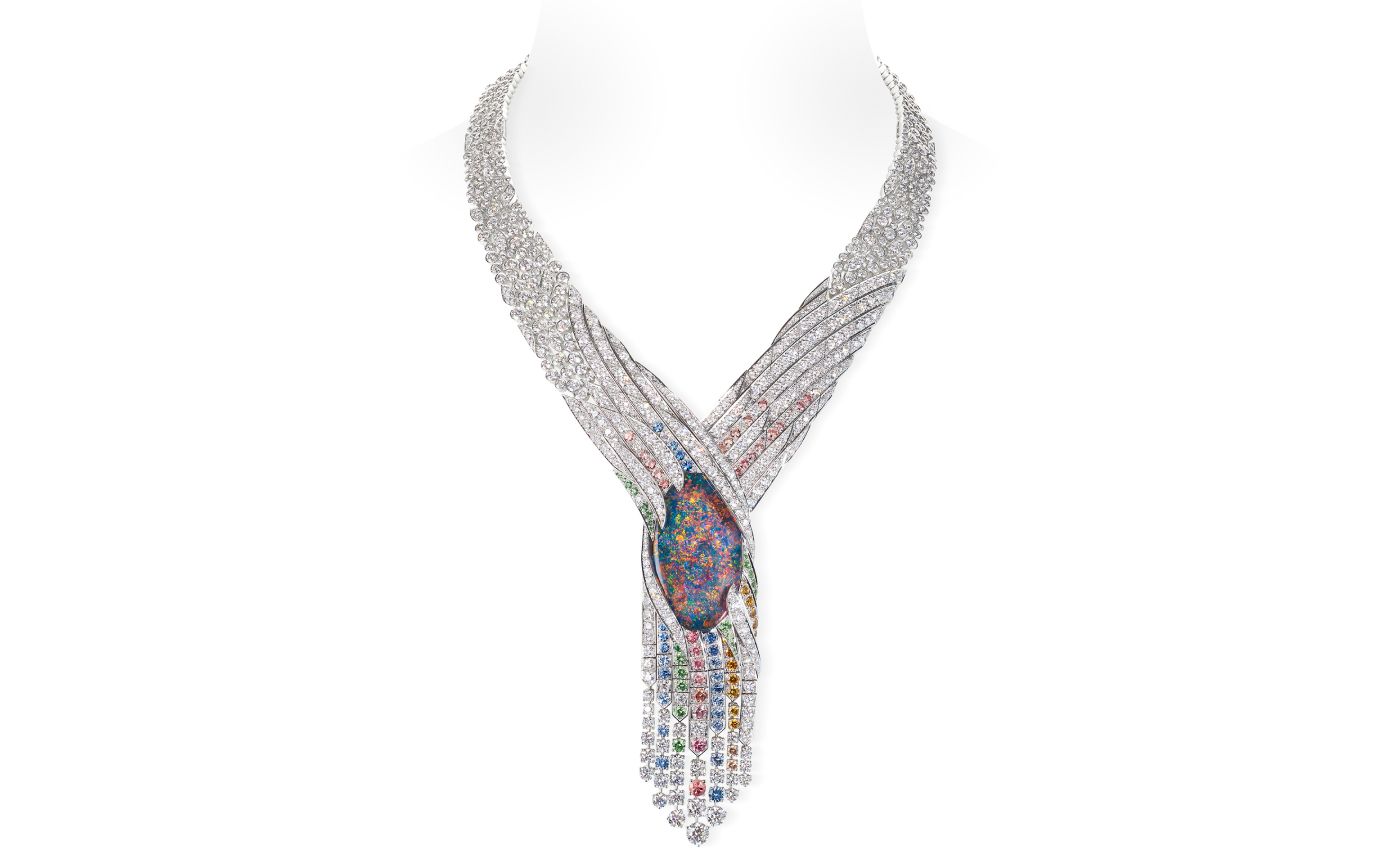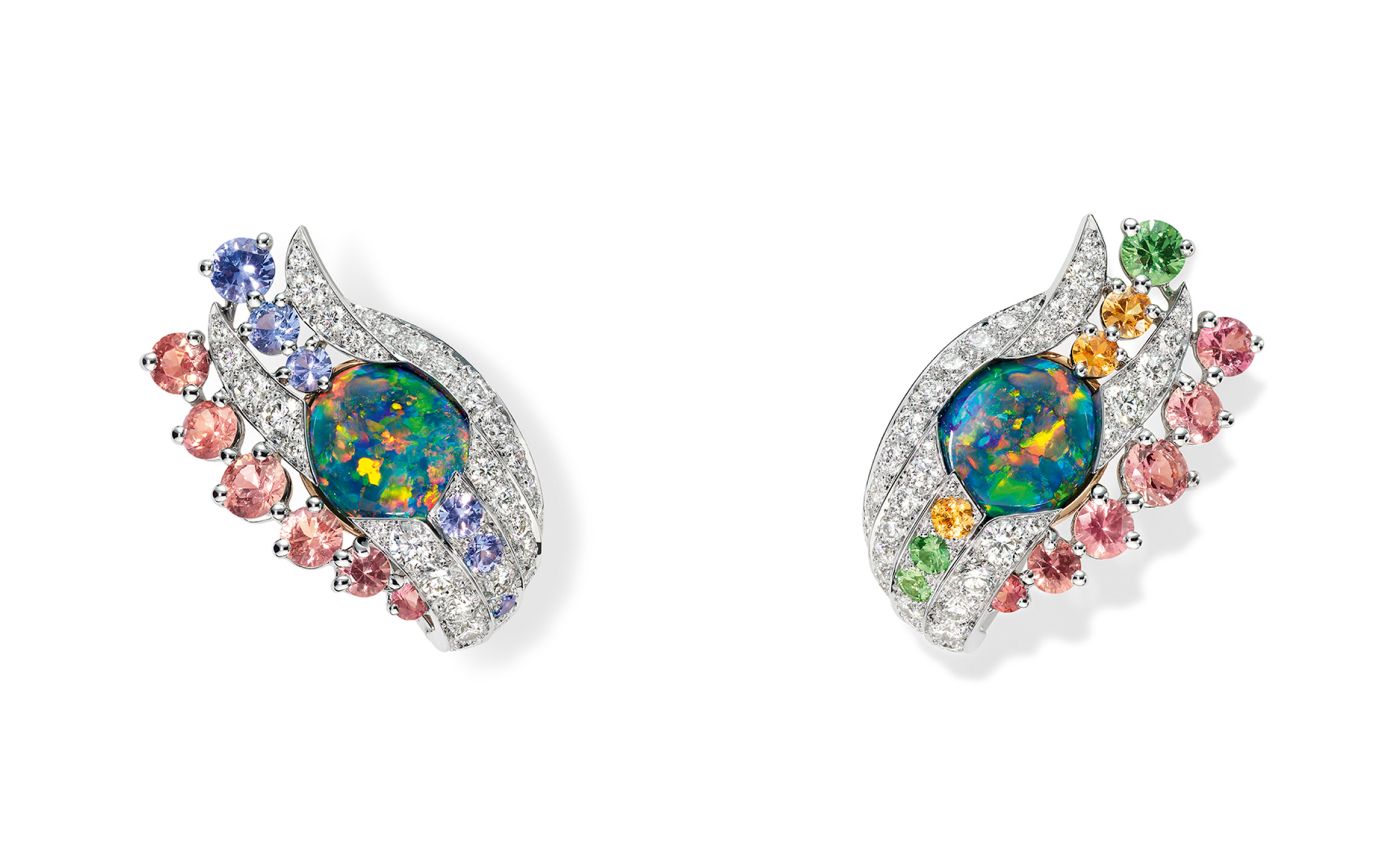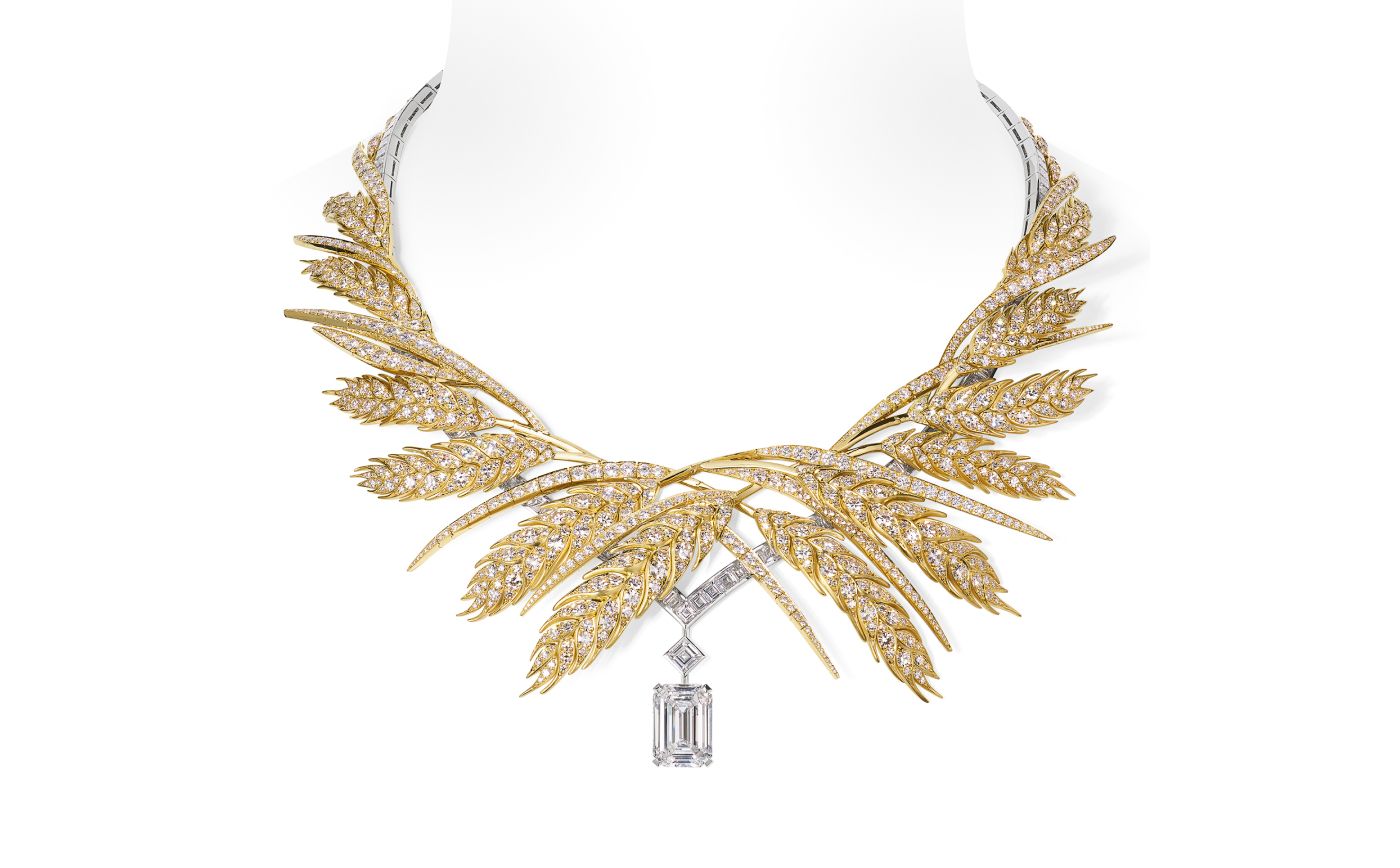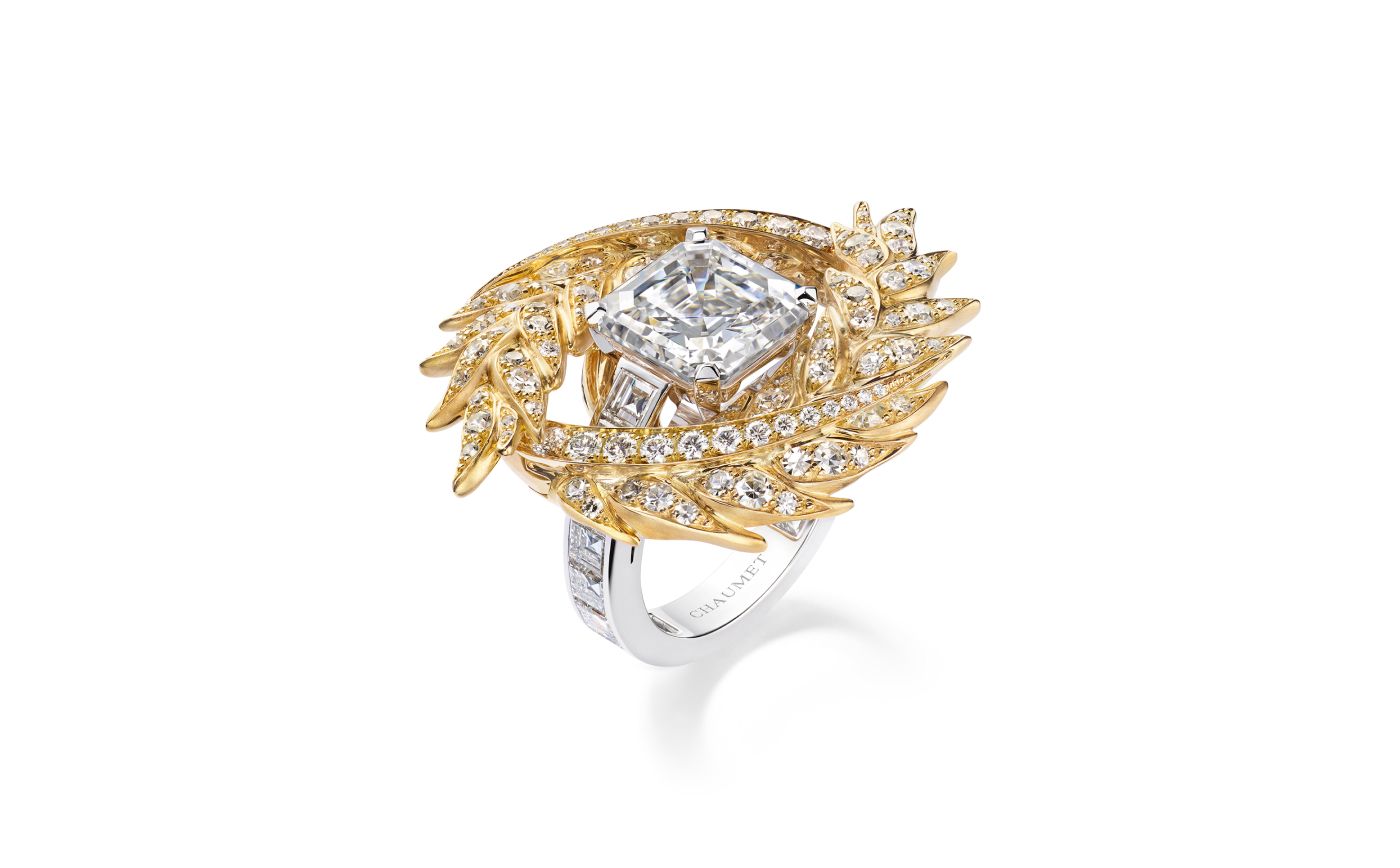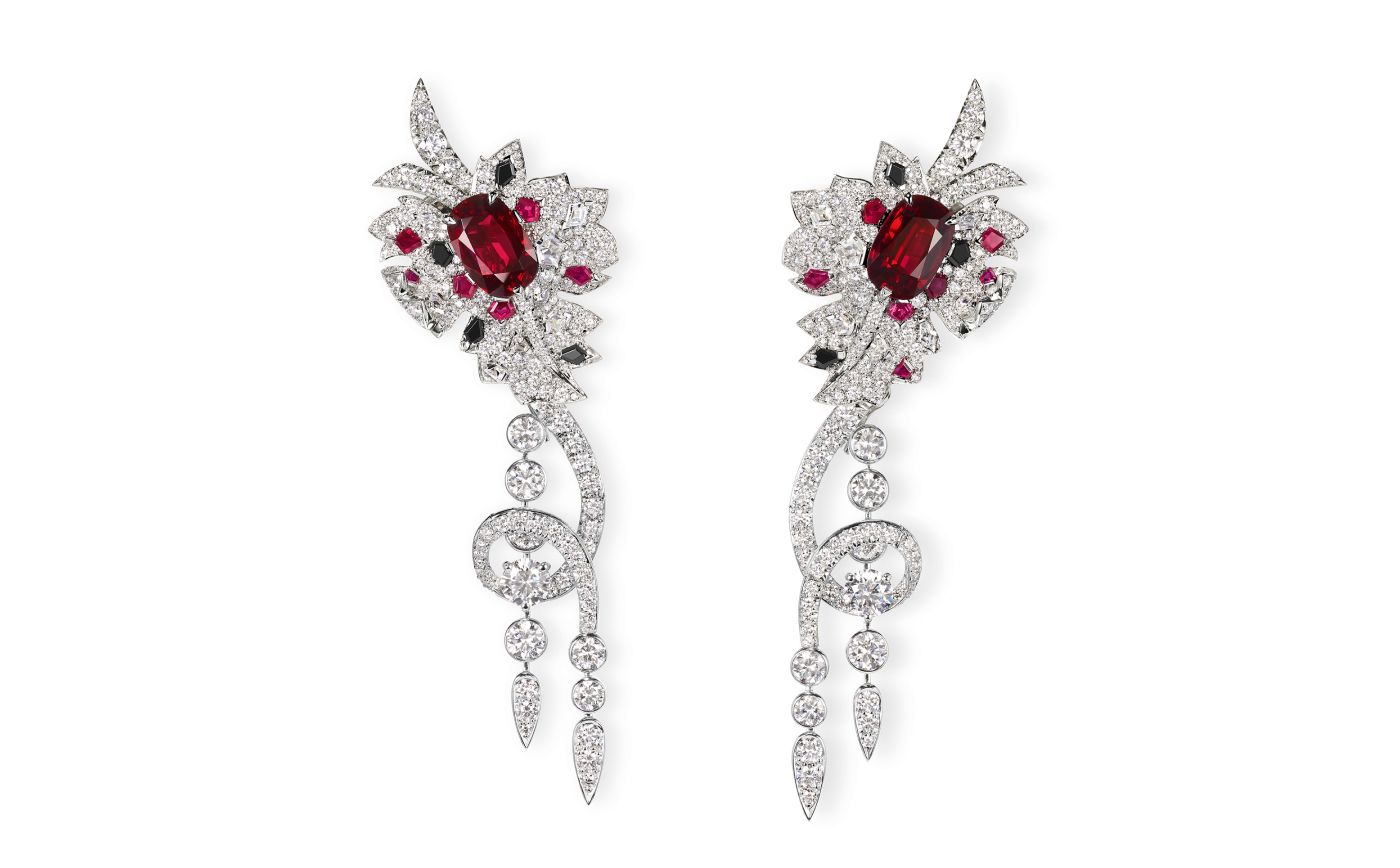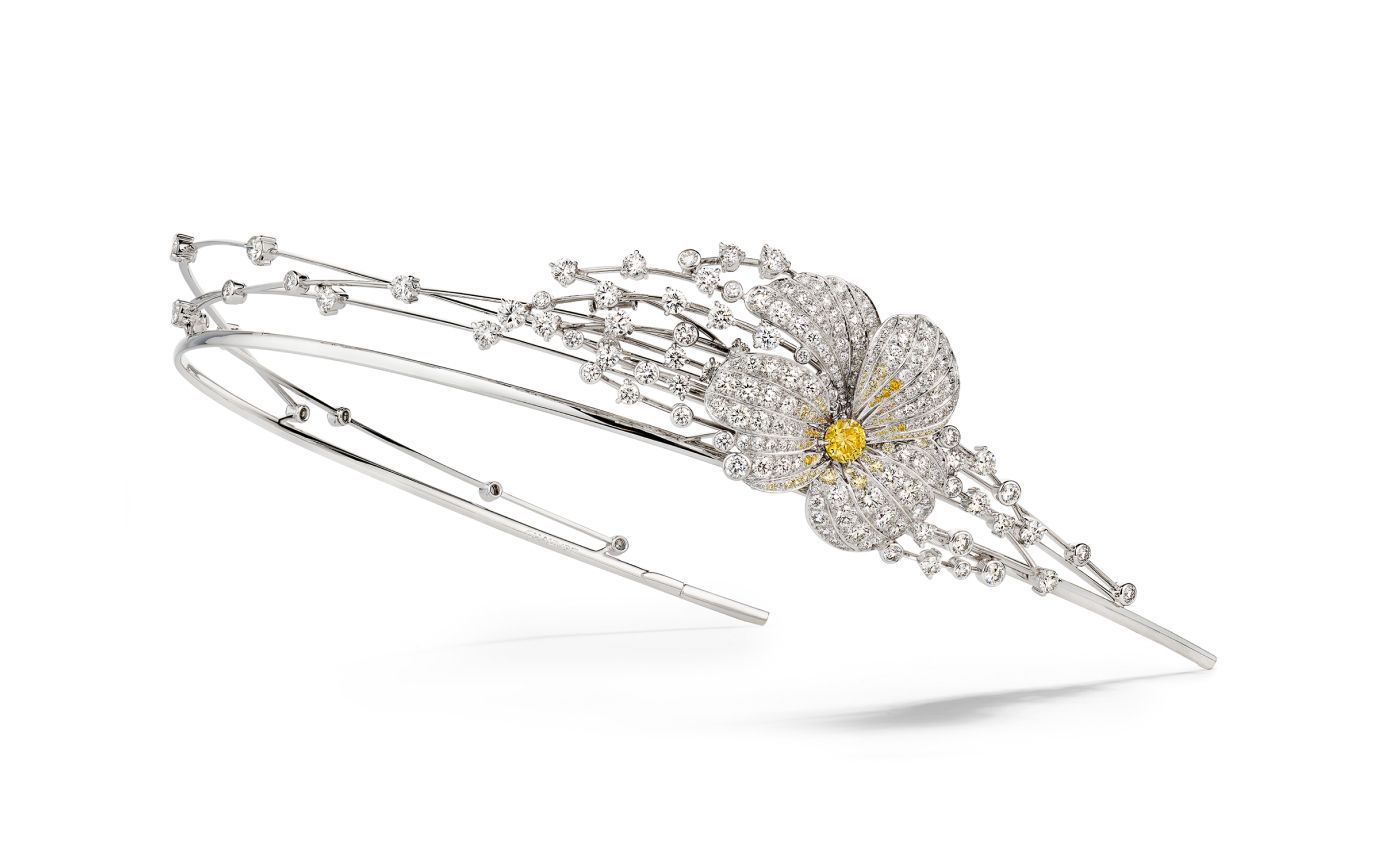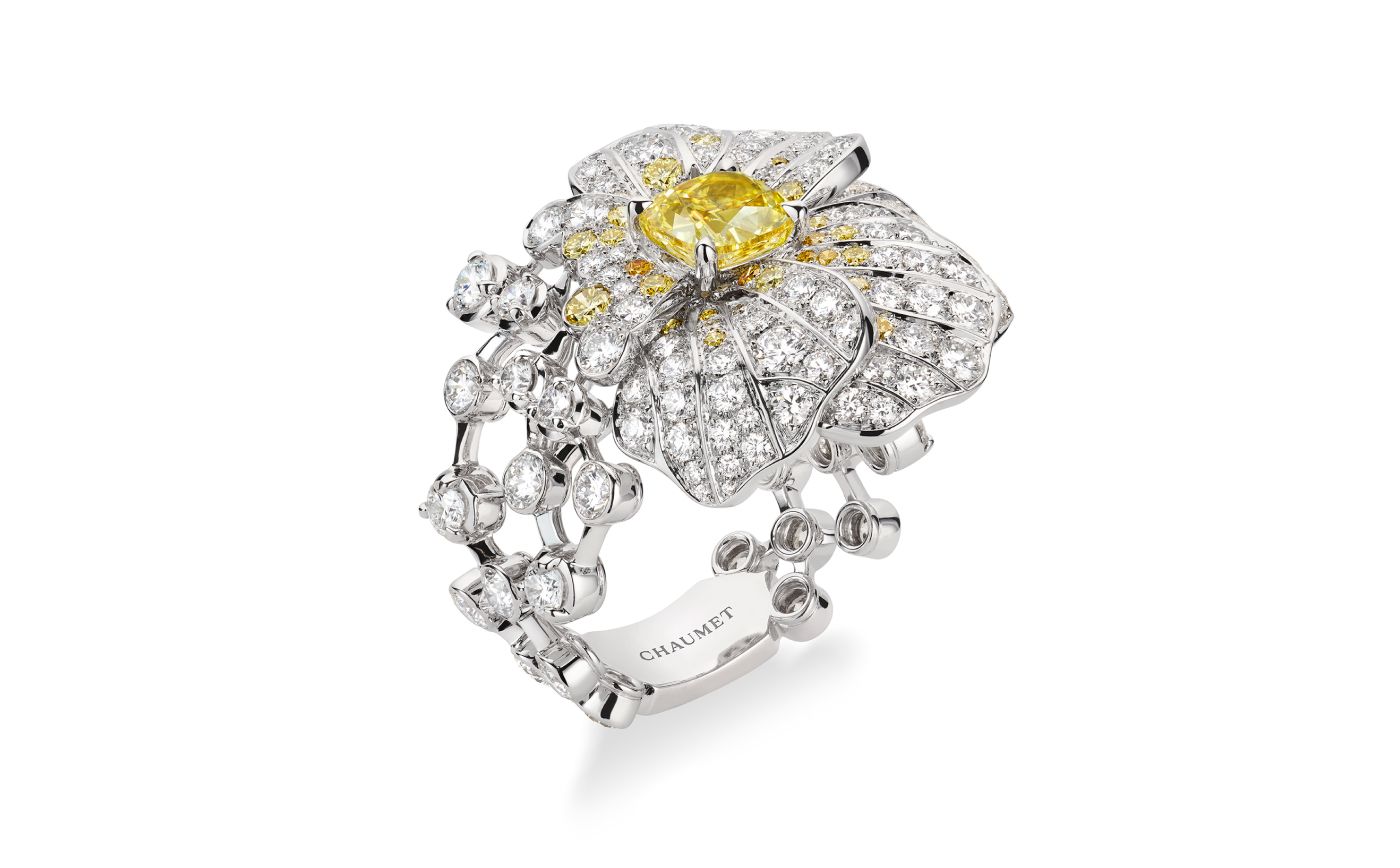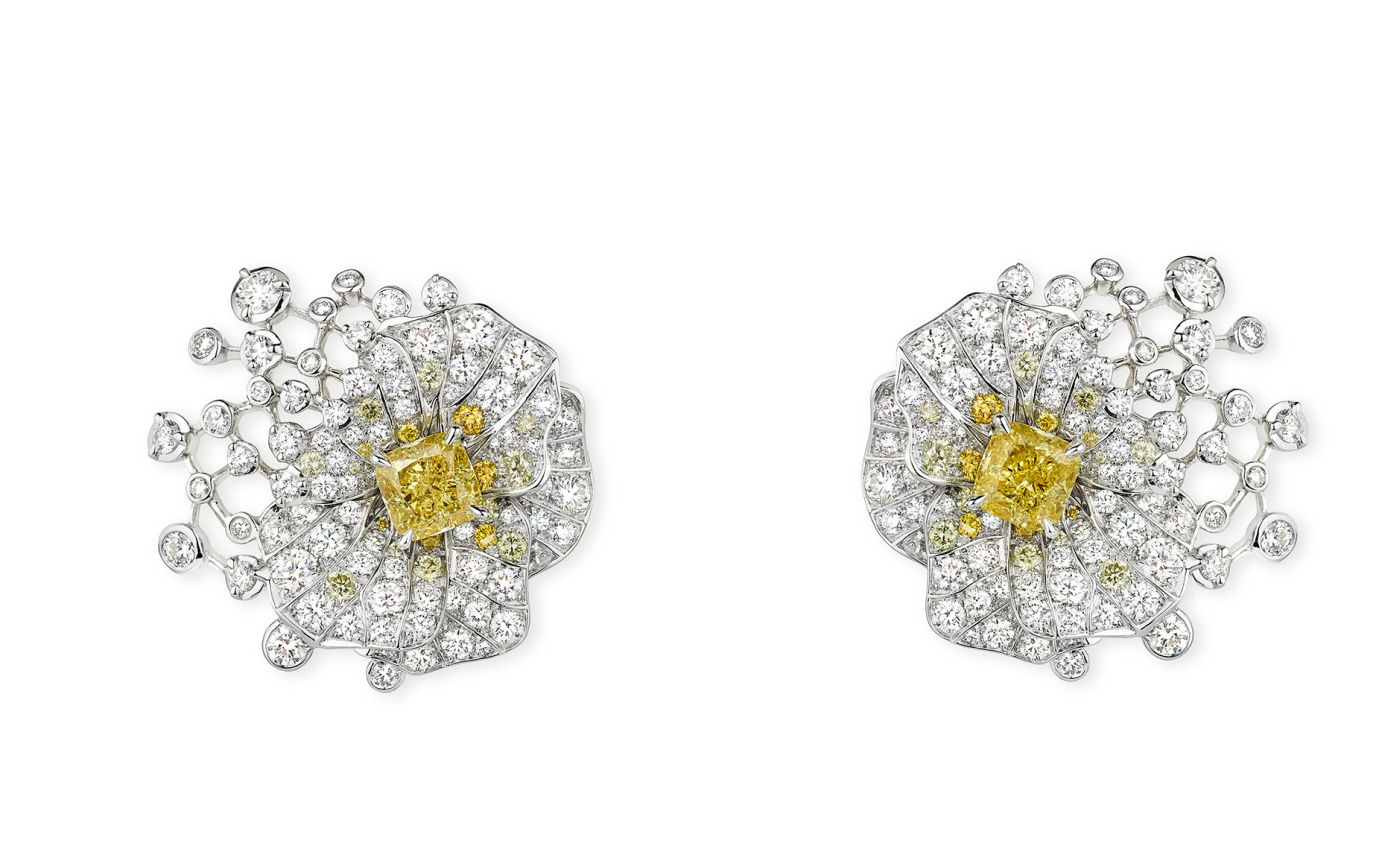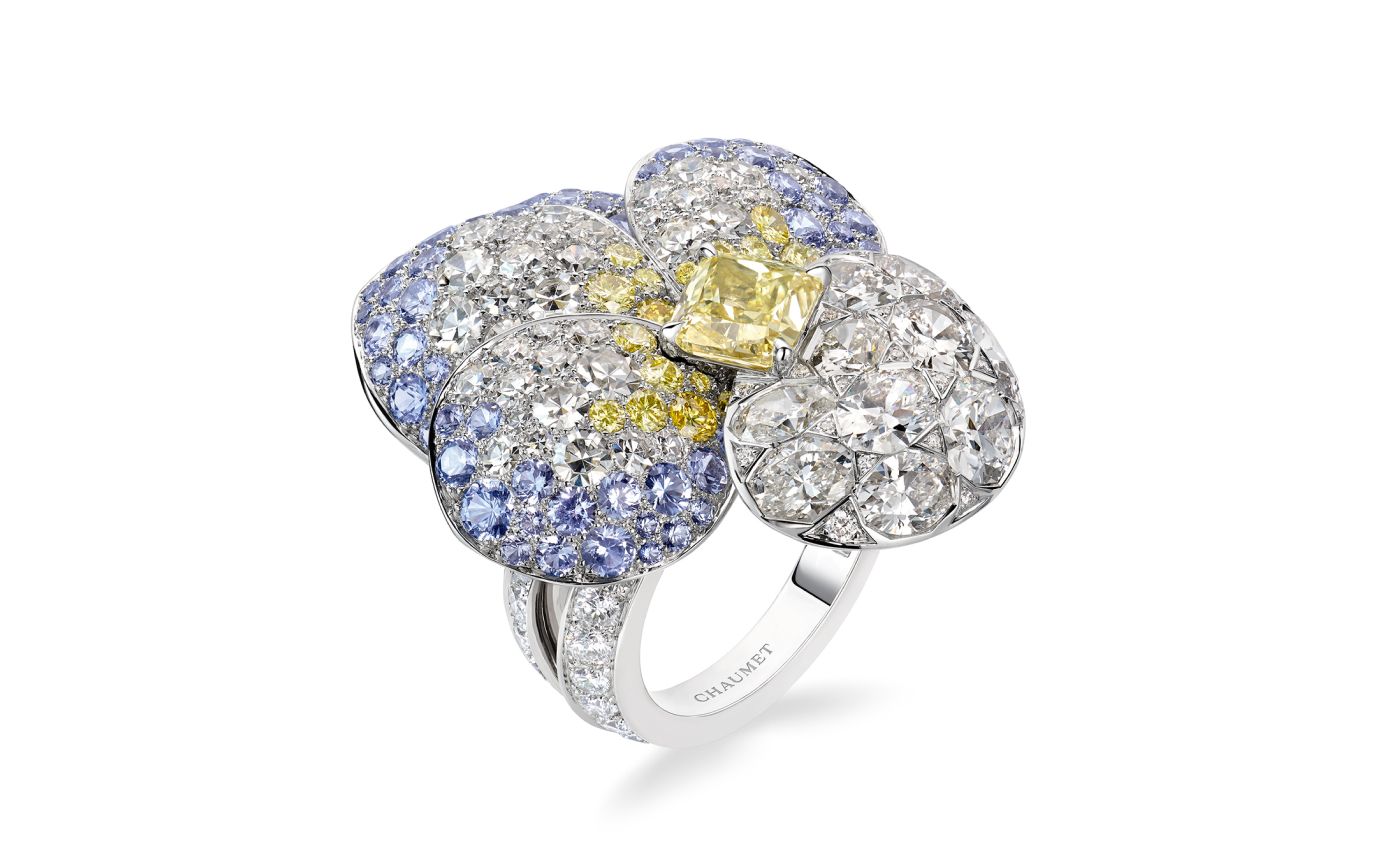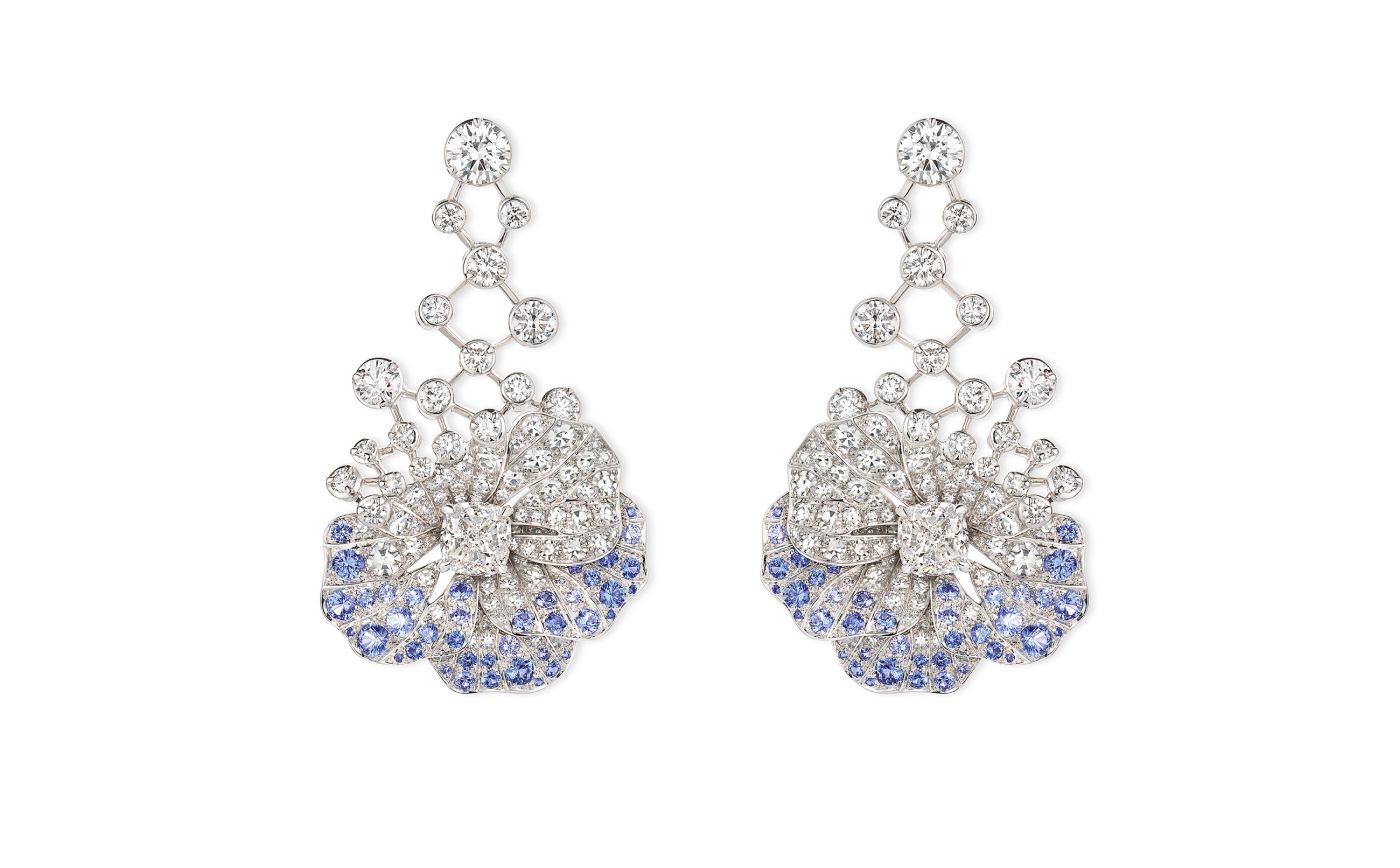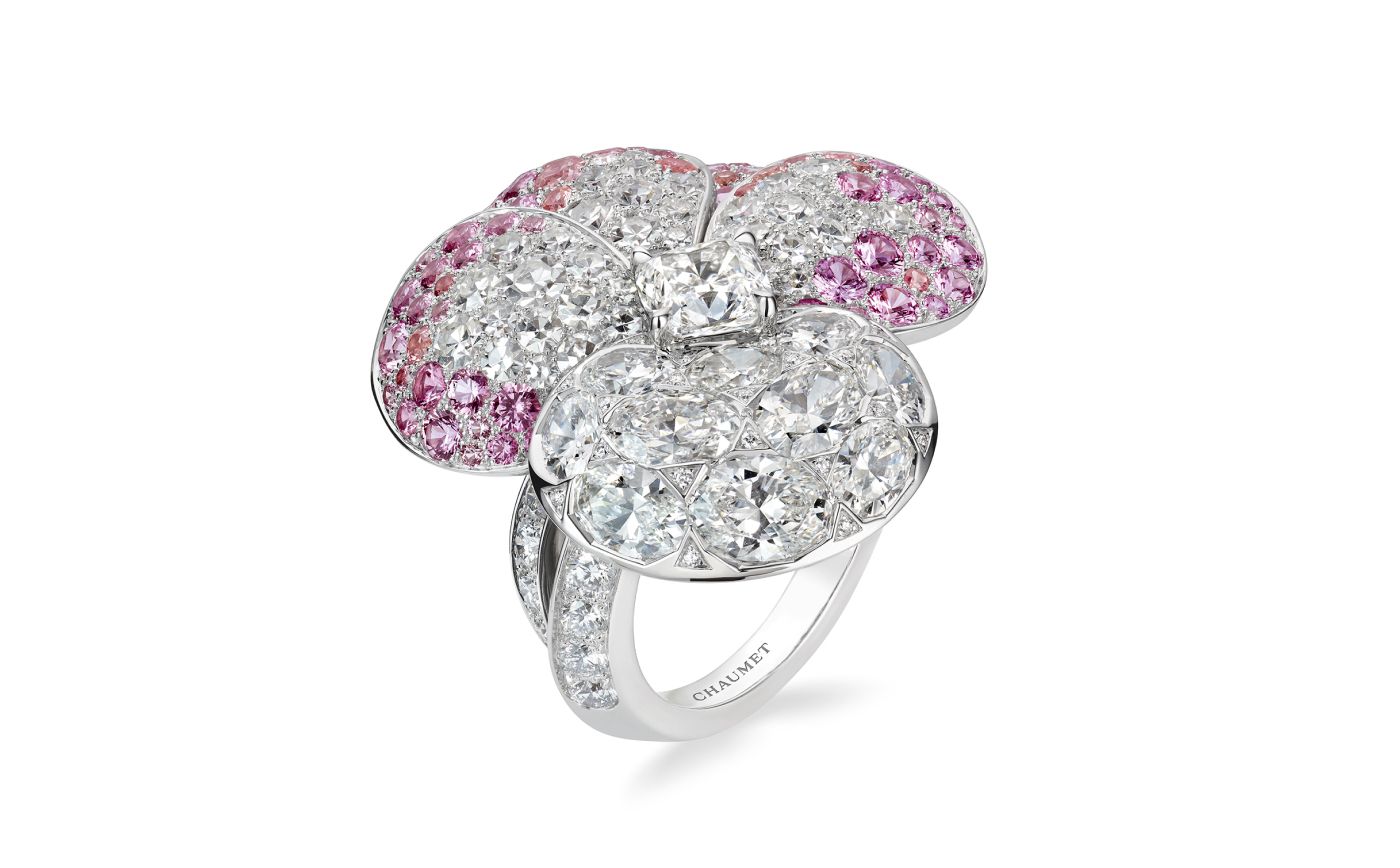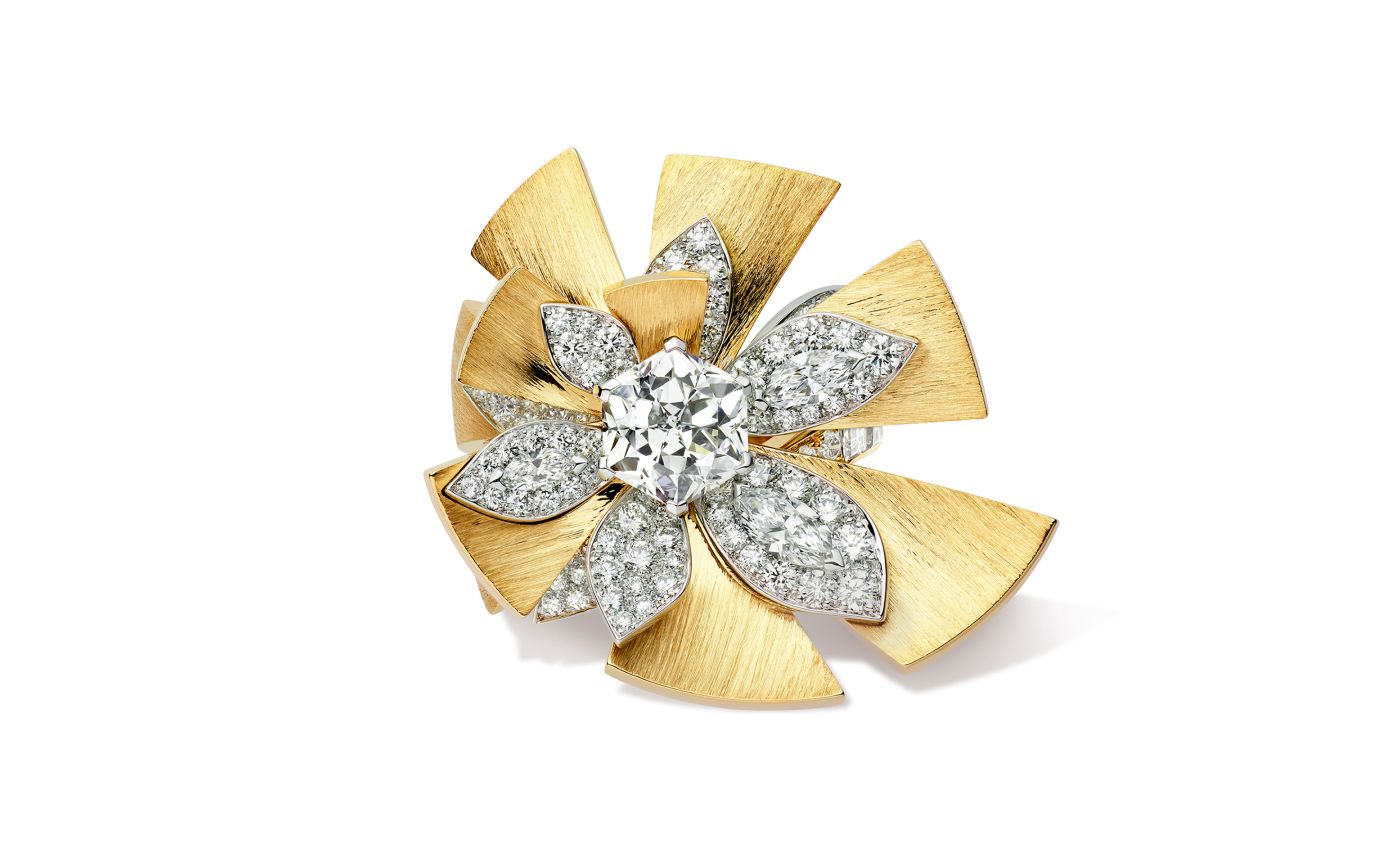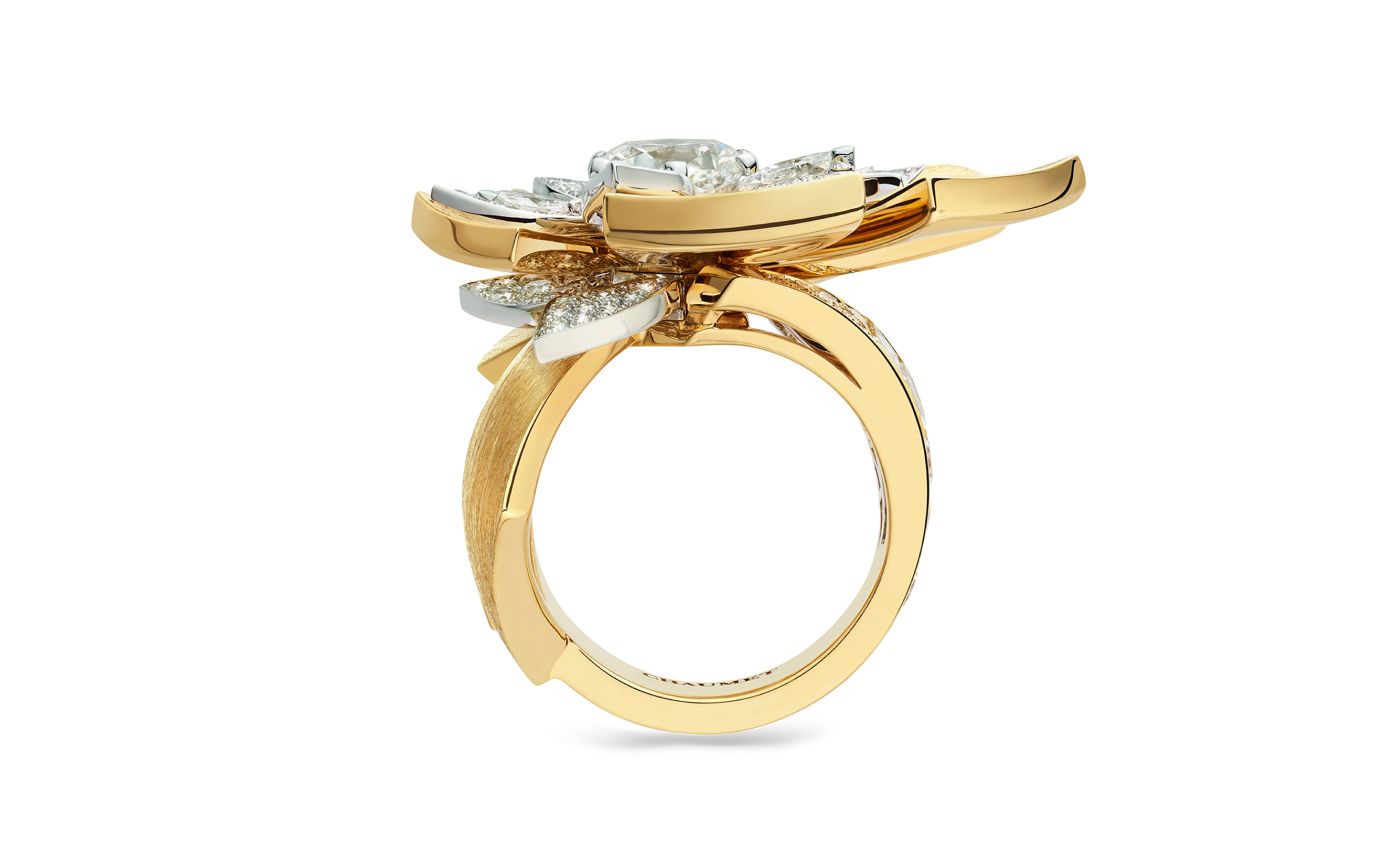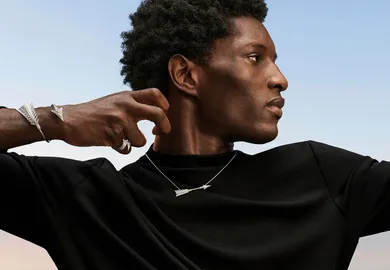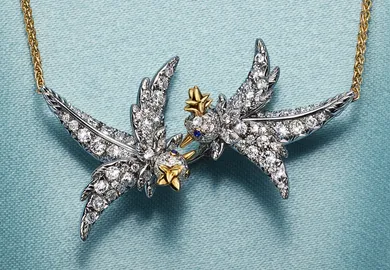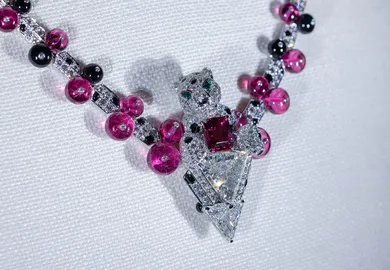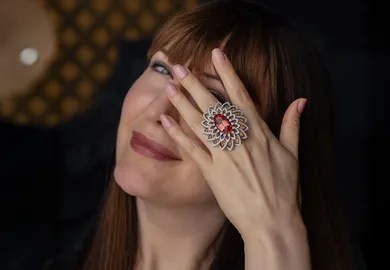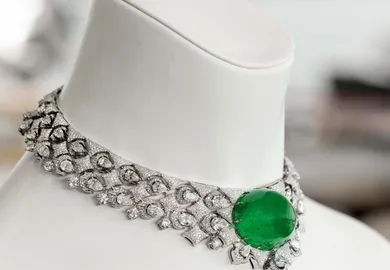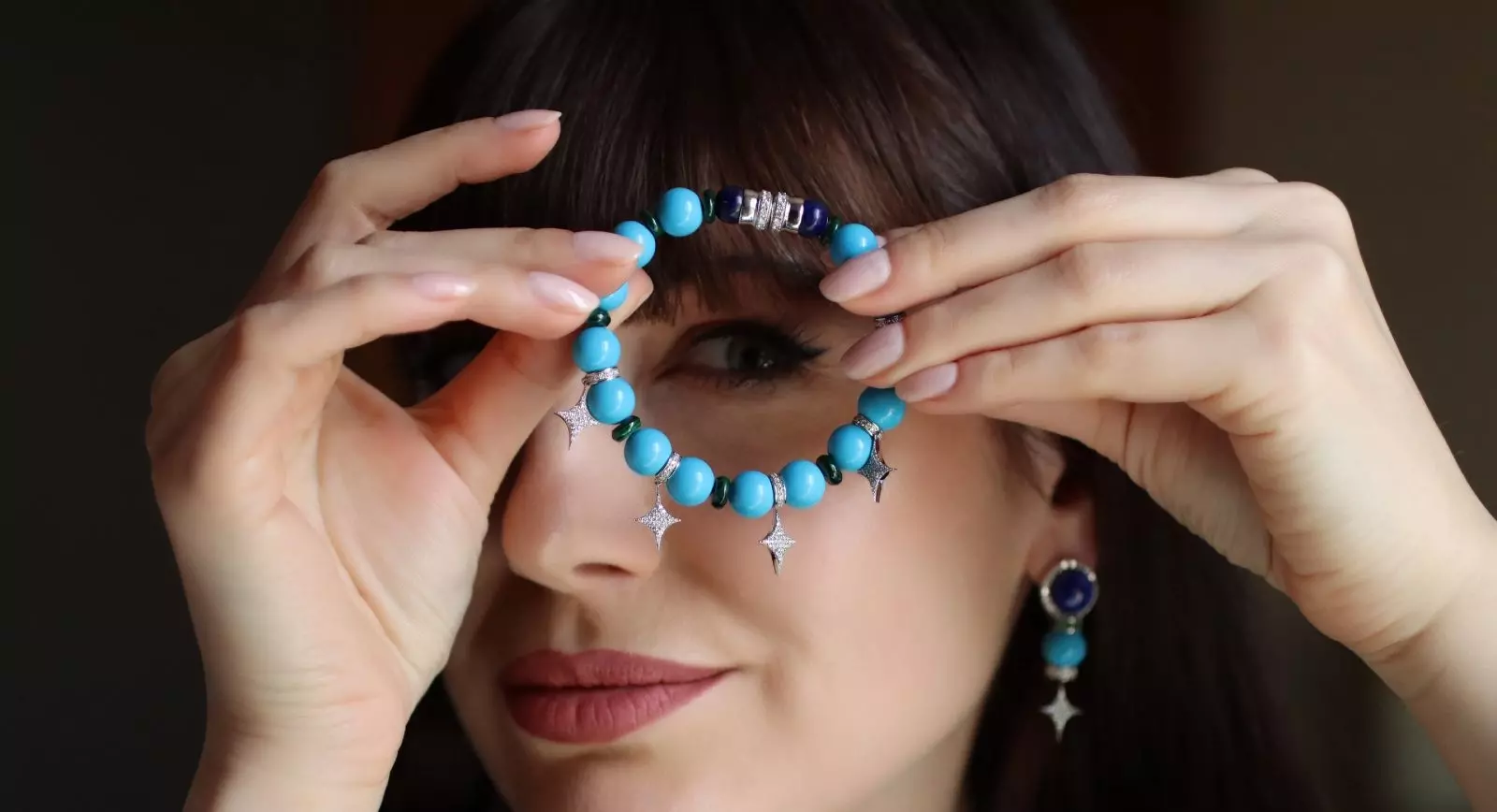
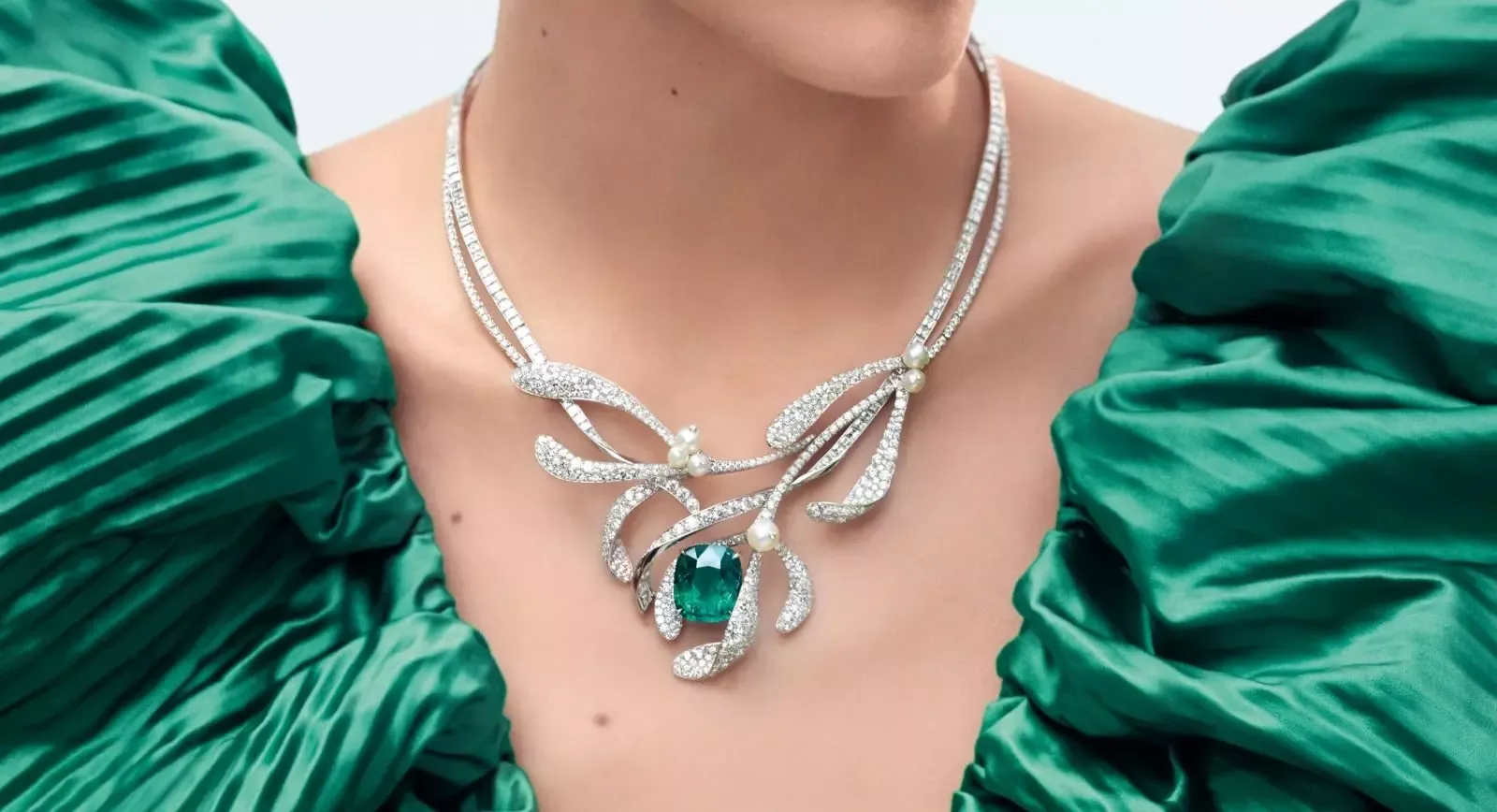
Delightful Gardens: Introducing Le Jardin de Chaumet High Jewellery Collection
Chaumet’s latest High Jewellery collection, Le Jardin de Chaumet, celebrates the signature design elements that have kept the Maison as one of the reigning jewellers of Place Vendôme for over 240 years. The brand takes us on a botanical journey through 68 new creations, each inspired by manicured gardens, lush fields and wild forests. Let’s discover each gemstone petal and diamond leaf together…
The concept behind Le Jardin de Chaumet was chosen to emphasise the savoir faire of the Maison by focusing on the founding motifs and techniques that have been present in Chaumet designs since day one, in 1780. The brand’s unique perspective of nature through coloured gemstones, the early adoption of transformability in High Jewellery pieces and perfecting specific metalsmithing techniques are the three staple ingredients behind its uninterrupted success. Let’s go behind the scenes with Chaumet’s Training Manager for Europe, as she explains the new offering.
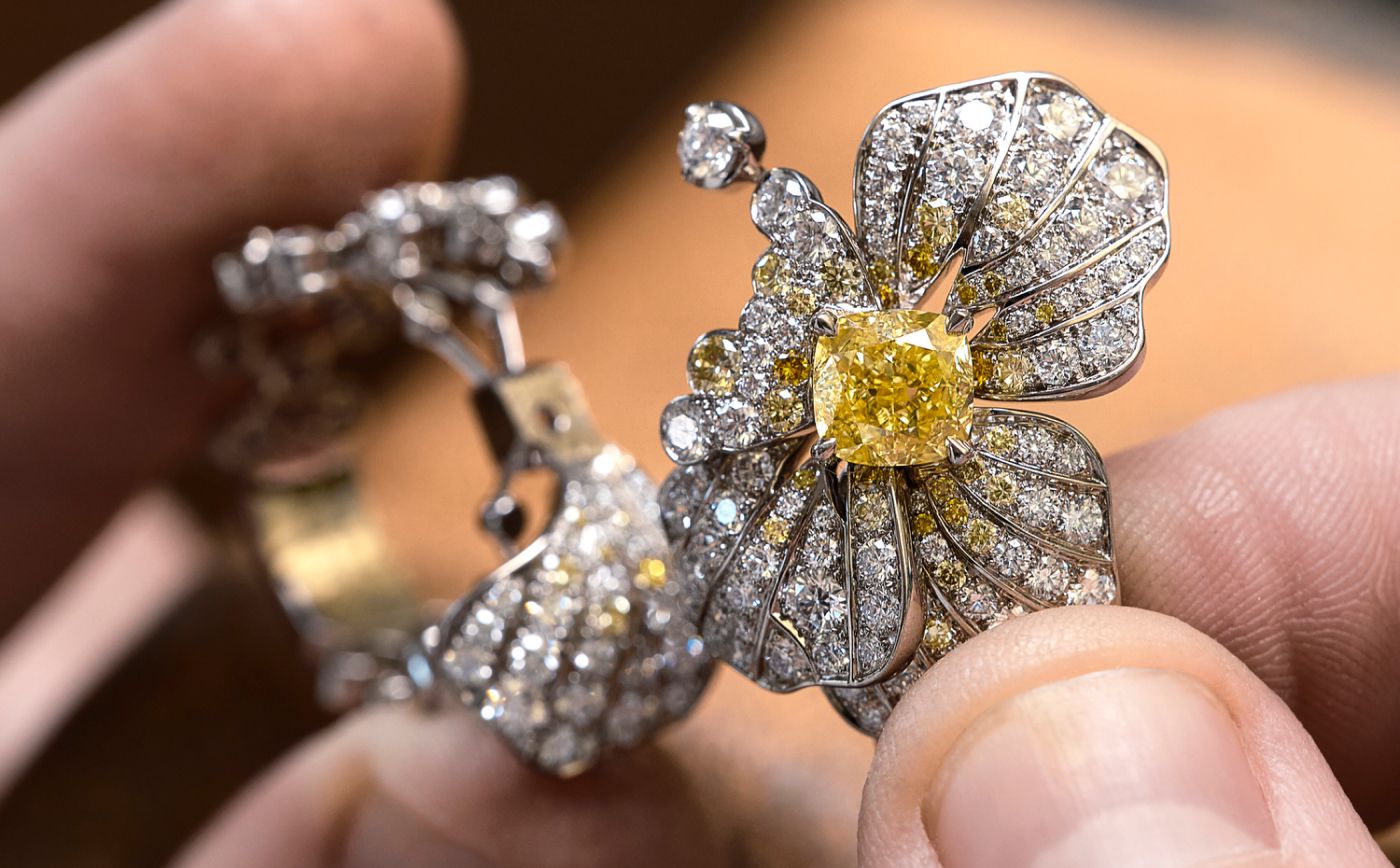
Making of the Chaumet Fleur de Pensée High Jewellery ring in white gold, yellow diamonds and white diamonds from Le Jardin de Chaumet High Jewellery collection
Our journey through the Jardin de Chaumet begins in a beautiful garden. We are introduced to a series of flowers throughout this chapter. Calla lilies, irises, tulips, and pansies blossom before our very eyes in 18k gold, diamonds and coloured gemstones.
The Importance of Nature in Chaumet Designs
Le Jardin de Chaumet provides a literal representation of various natural forms. “The Chaumet perspective on nature is particular”, explains the manager, “as it is that of a botanist – very true to form”. If you have read our article from last year on the Chaumet Végétal exhibit at the Palais des Beaux-Arts in Paris, France, then you are familiar with the importance the Maison places on using coloured gemstones in rendering scientifically accurate representations of botanical specimens in their creations. This has been a tradition since the time of Marie Etienne, the official jeweller to Emperor Napoleon and the founder of the House of Chaumet, who referred to himself as the “naturalist jeweller”.
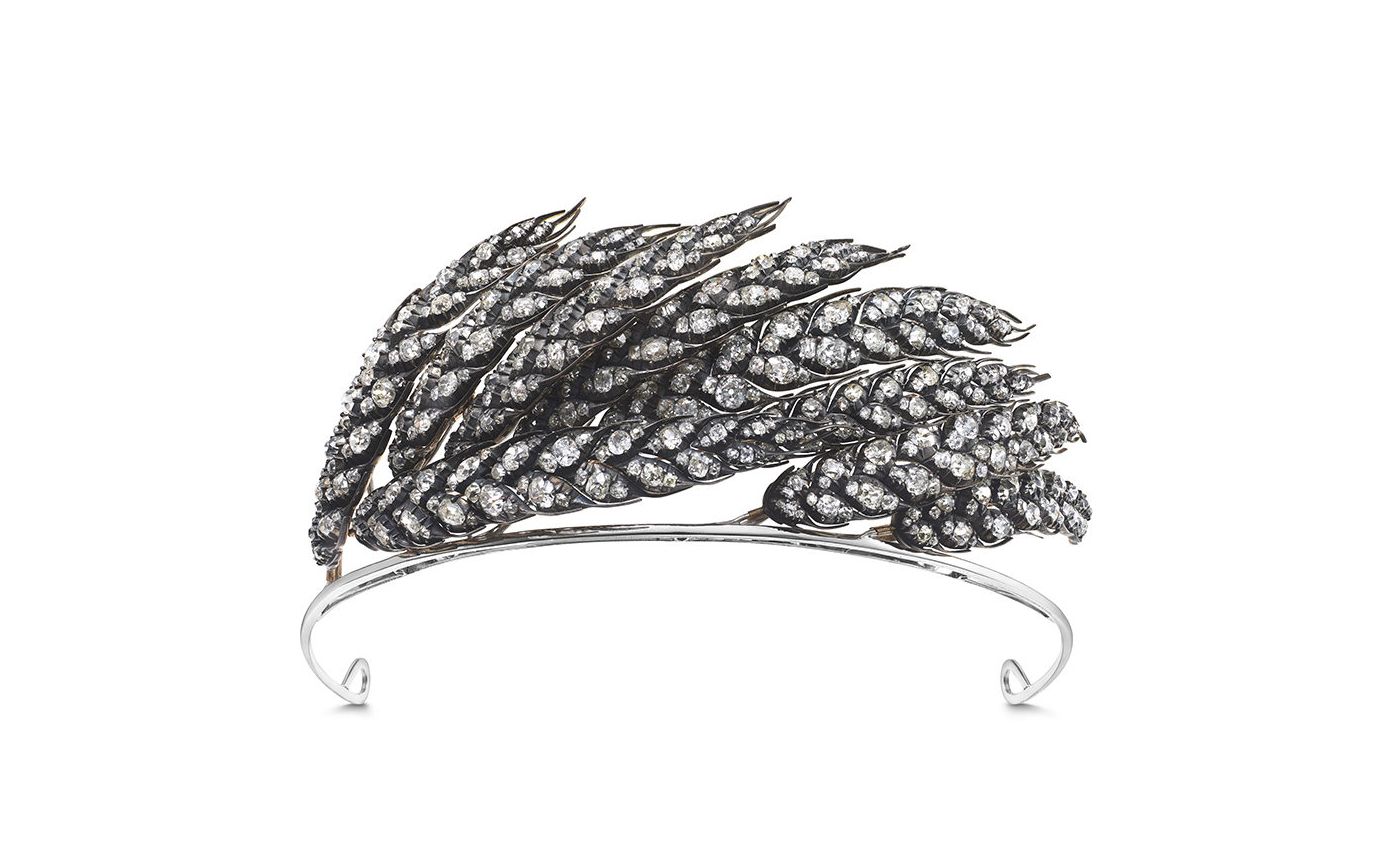
Chaumet Wheat-Ear Tiara is composed of nine ears of wheat set with 66-cts of old-cut diamonds set in gold and silver was created for Empress Josephine in 1811
The shapes and colours of gemstones
The shapes and colours of gemstones play an important role, as they are used to create not only realistic forms but also volume in each flower. Pink is one of the most prominent colours throughout Le Jardin de Chaumet. The Iris suite features a varied colour pallet of light to darker pink spinels. The gems in this perfect ombré are extremely rare and come from a mine discovered two years ago in Tajikistan. Only there can you find these muted spinel hues.
The vivid shades of the magenta-pink spinels in the Tulipe suite are vastly different to the ones in the Iris Parure. The necklace is the star of this suite, featuring alternating baguette-cut pink spinels with brilliant Mandarin garnets to create a modern graphism. The diamond pavé chain gives it a rock ‘n’ roll edge, making it perhaps one of the most modern pieces in the collection.
Blue gemstones are also dominant throughout the collection, with the Tulipe suite featuring diamonds set against Vietnamese denim-blue spinels, a very rare shade indeed. In the Agapanthe suite, the shape of the Agapanthus flower is recreated in abstract form with diamonds set against deep blue Ceylon sapphires. The suite boasts a pair of rings which can be worn separately or stacked, both embellished with inverted designs of Ceylon blue sapphires and diamonds.
Love Ceylon blue sapphires? There are more in the Chrysanthème floral suite that plays with different gems to create the illusion of volume in each piece. The thin drop-shaped petals of the chrysanthemum flower are accented with hints of pink chalcedony, creating shadows for each petal. This is particularly apparent in the rings, which feature two Ceylon sapphires, one yellow and one blue. What is most striking about this suite is the colour of the central yellow corundum exhibiting a very interesting muted yellow tone.
From Flowers to Wheat and Vine Leaves
Next, we leave the garden landscape and enter fields of wheat and vine leaves. The Feuille de Vigne suite displays the savoir faire of the Maison in gem cutting. The stone setting work across this suite is particularly impressive, as each one was “taillé sur oeuvre”, meaning each coloured gem was cut during the design process to specifically accommodate the mosaic effect of the individual piece being worked on. Over three hundred coloured gemstones were custom cut during this process, including red, black and grey spinels. Every individual shape was calculated with precision to create the final appearance of the mosaic design. The shape of the vine leaf is a literal transcription, treating the viewer to a piece which is very true to its natural form.
A Walk Through The Forest
We now enter the final natural landscape of the collection, the forest. The Fougère suite features a mix of gem setting techniques that are used to recreate the true jagged-edged shape of the fern leaf. Diamonds are set in pavé, claw and bezel settings in a way that mimics the fern leaf’s natural shape. The Guy suite plays with pearls, diamonds and Colombian emeralds to create the wax-like texture of mistletoe. The largest emerald in this suite is 22 carats and can be found in the high jewellery necklace. However, the Écorce Suite features the largest coloured gemstone in this collection – a 50-carat Australian opal with a particularly unique fire sits at the centre of this rivière necklace. Designed to emulate tree bark, the rivière necklace is composed of diamonds, sapphires and spinels, each of which was chosen to match the various fire colour ways of the opal. It is an extremely supple and sensual piece, acting like a second skin on the wearer.
Transformability in Chaumet High Jewellery
Transformable high jewellery pieces have been somewhat of a trend over many years, but it has been a core design feature at Chaumet since 1810. One of the most famous pieces from the Chaumet archives that display this is the Wheat Tiara, created in 1811 for Empress Josephine. The idea was to identically capture the movement of wheat stalks caught in the wind. What many people don’t know is that each of the wheat stalks on this tiara can be removed and worn as a brooch or sewn onto a garment as an ornament. Each one is numbered, having its specific spot on the tiara. Many of the pieces in Le Jardin de Chaumet High Jewellery collection are transformable and multipurpose.
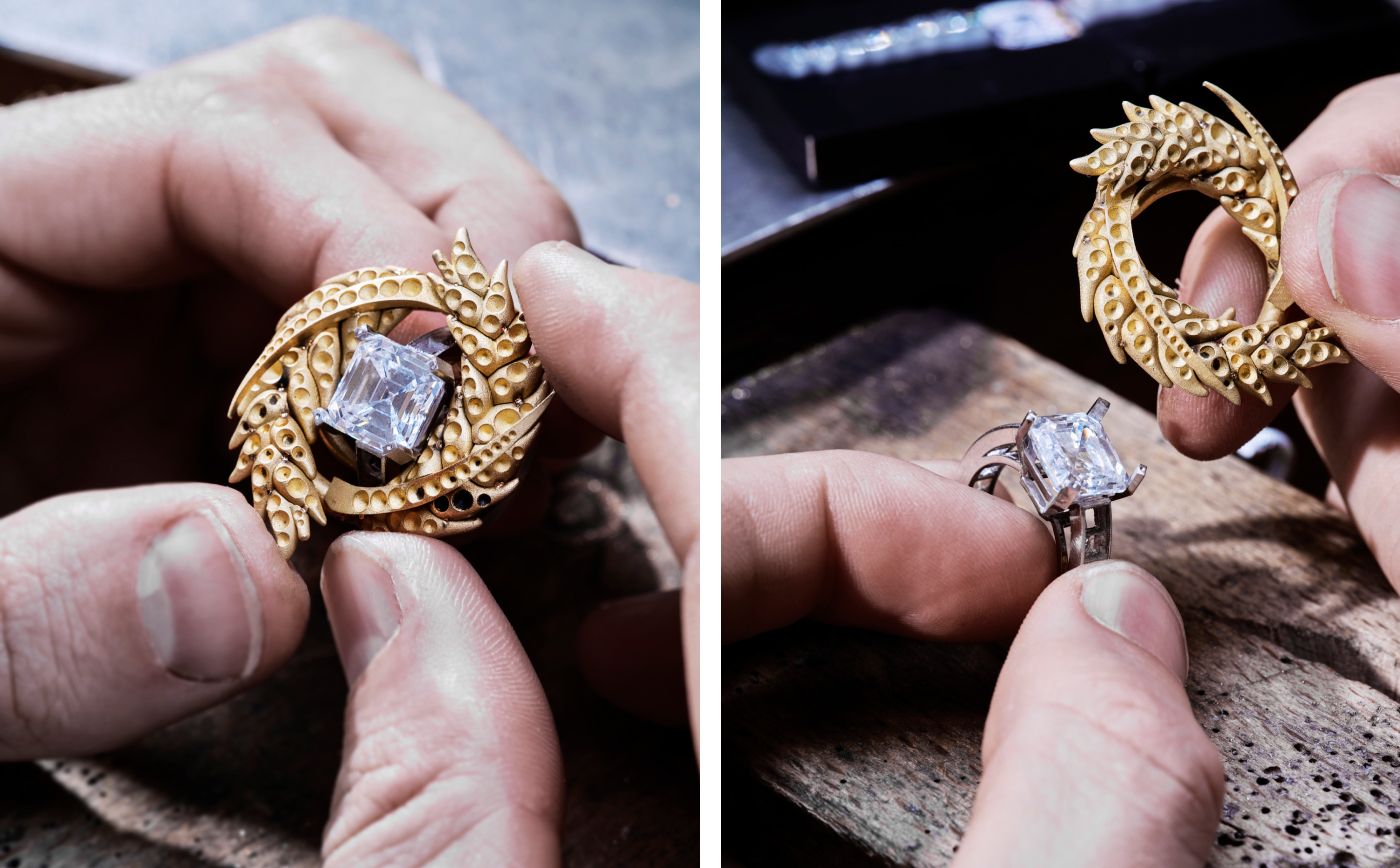
Making of the Chaumet Blé transformable ring in platinum, gold, featuring a 5.05.ct square emerald-cut diamond from Le Jardin de Chaumet High Jewellery collection
To give you an example, in the garden portion of this collection, the large motif at the centre of the Calla Lily flower necklace can be removed and worn as a brooch. This piece is particularly romantic, as it was designed with a couple in mind. The man can wear the brooch and the woman – the diamond necklace. Moving to the fields, the Blé suite features a transformable ring and necklace with the wheat being a removable design feature to be worn separately. Next, the dangling vine tendrils on the Feuille de Vigne earrings can be removed and worn as simple pair of studs.
Celebrating Metalwork
Finally, a core Chaumet design element represented across the Le Jardin Chaumet High Jewellery collection is the Maison’s notable metalsmithing techniques. First is the Fil Couteau technique – French for ‘knife’s edge’ – an openwork technique that sets gemstones on very thin metal bars. This results in very light pieces to wear and hardly any metal visible, which also gives the illusion that the gems are floating in mid-air.
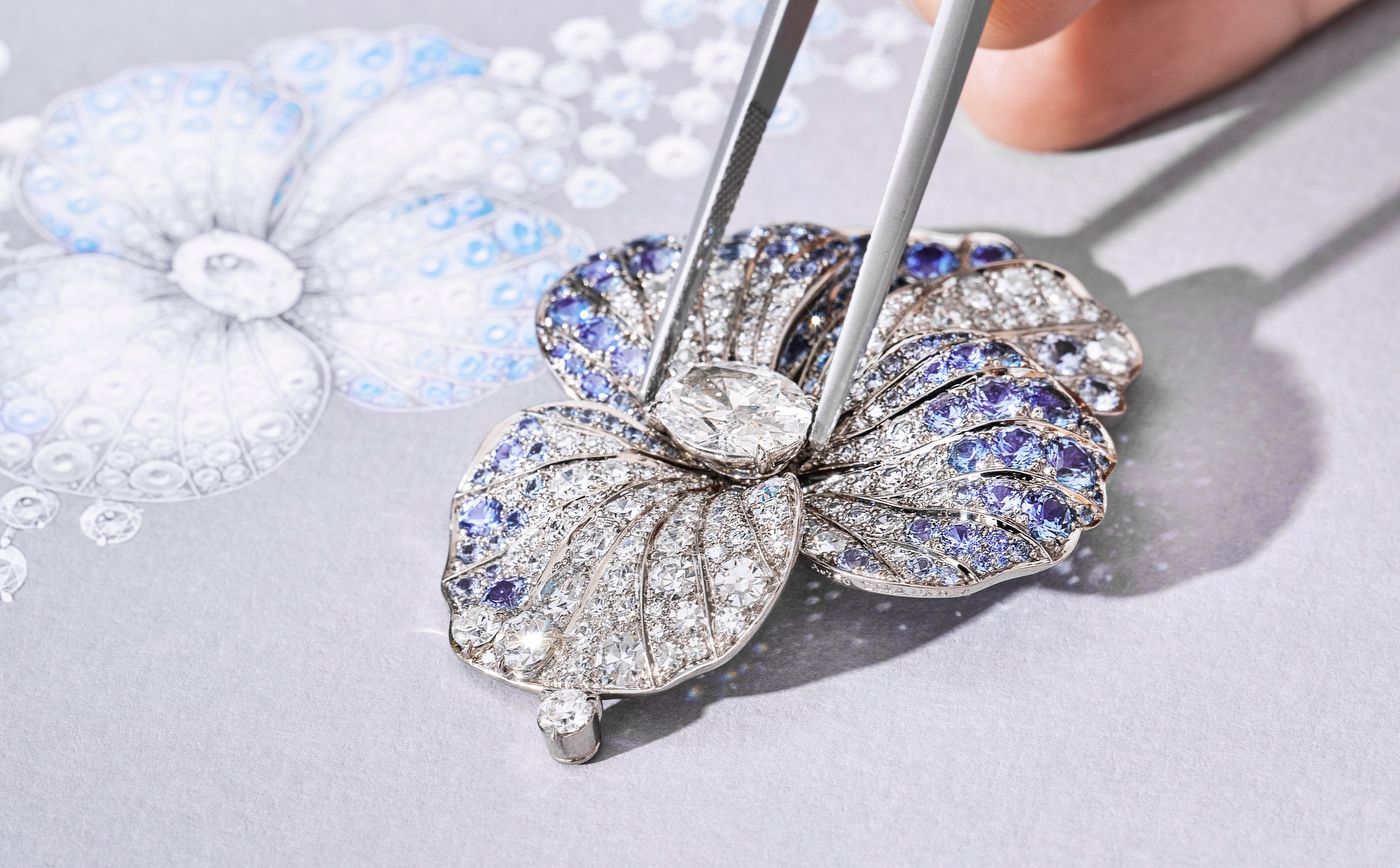
Making of the Chaumet Pensée ring in white gold, diamond and sapphire from Le Jardin de Chaumet High Jewellery collection
The specific technique was first seen at Chaumet in the Fleurs de Pensée tiara, designed by Jules Fossin in the 1850s. In this piece, small pavé diamonds were held in place to create light pistons at the centre of each flower. This tiara was reimagined in the Le Jardin de Chaumet High Jewellery collection in the Pensée High Jewellery suite. Designed to highlight the Maison’s perfection of the Fil Couteau technique, the tiara, rings and earrings from this set all feature this complex metal work, creating the illusion that the petals of each pansy flower are slowly scattering into the air from the centre of each piece.
A nod to Pierre Sterlé
Lastly, Le Jardin de Chaumet brings attention to one of the lesser-known Chef d’Atelier at Chaumet – Pierre Sterlé. Head of the Chaumet High Jewellery workshops from 1961 until his death, Sterlé was a celebrated goldsmith who specialised in manipulating gold into various textures. True to the style of the time, he made large gold-centric pieces for the Maison with satin and brushed finishings. He also created the famous Or Sauvage collection for Chaumet, which consisted of pieces made from rugged, almost untouched gold.
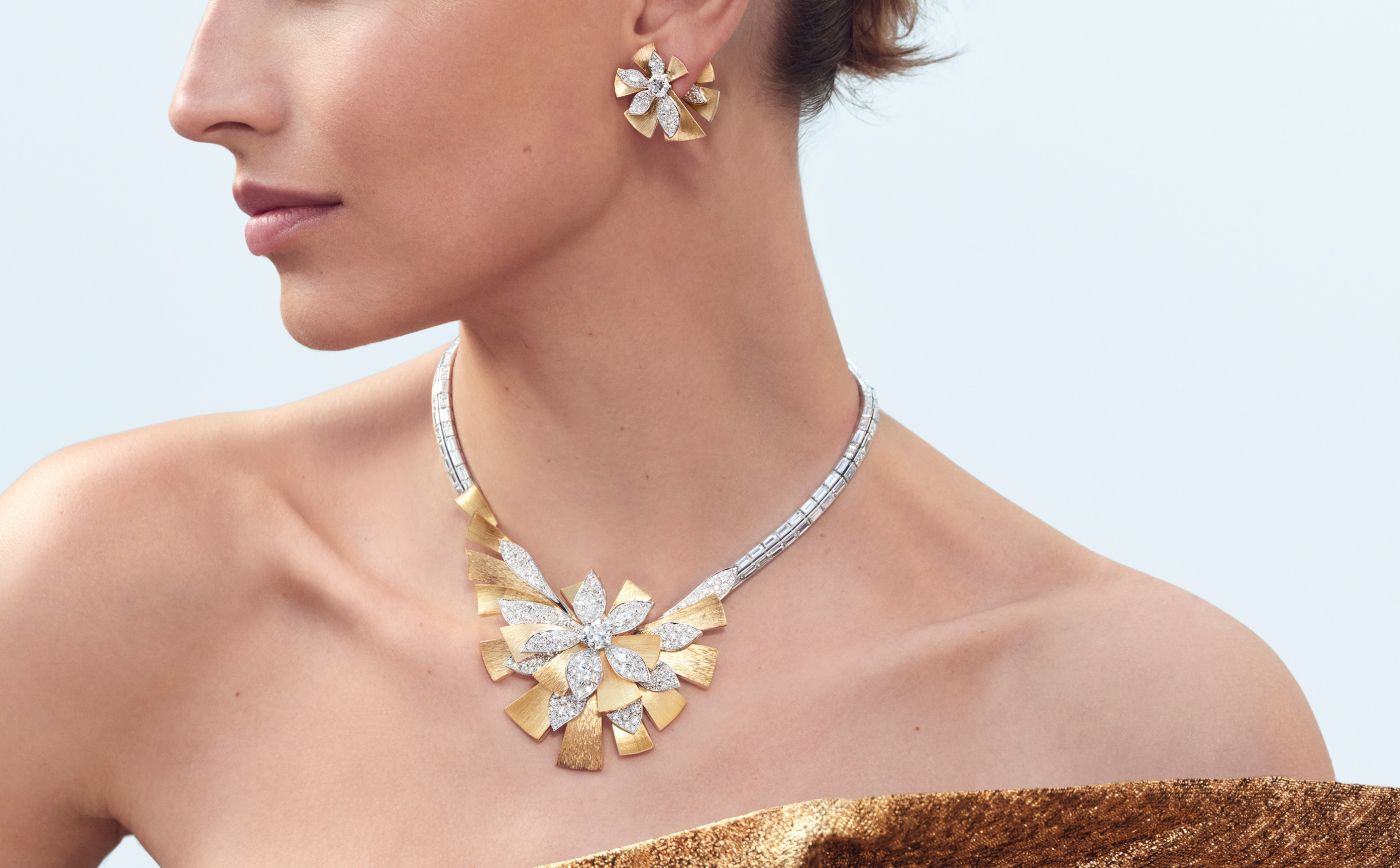
Model wearing Chaumet Magnolia earrings and necklace in gold, white gold and diamond from Le Jardin de Chaumet High Jewellery collection
His work is remembered in the Le Jardin de Chaumet High Jewellery collection in the Magnolia suite. The pieces featured here are made mostly from hammered or brushed yellow and white gold, with a smattering of simple, pavé diamonds, allowing the focus to truly lie on the metalwork. Another interesting element to this set is that the pieces feature the patented Taille Impératrice diamond cut, developed by Chaumet last year. This hexagonal shape features 88 facets, making each stone extremely luminous and sparkly.
As you can see, this collection is filled with historical importance and brings the key Chaumet design elements to the forefront of the conversation. Let’s see what traditions and secrets the next high jewellery instalment will bring!

WORDS
Livia Primo Lack , a Watches and Jewelry journalist and content creator, has covered all aspects of luxury jewels and timepieces. With a strong background in the editorial world, she has developed a keen eye for emerging designers as well as for groundbreaking innovations from iconic brands
